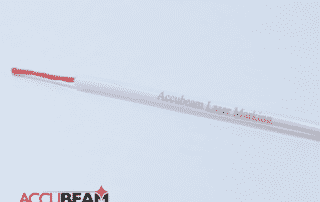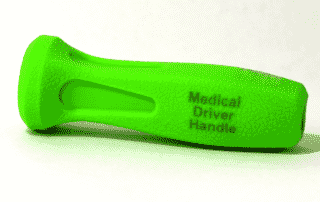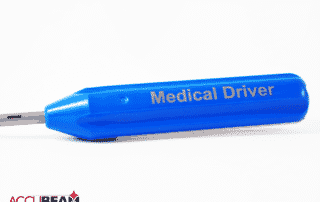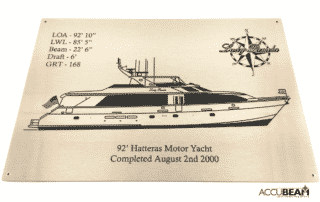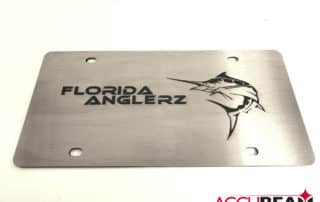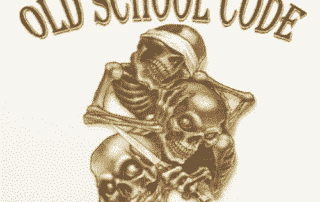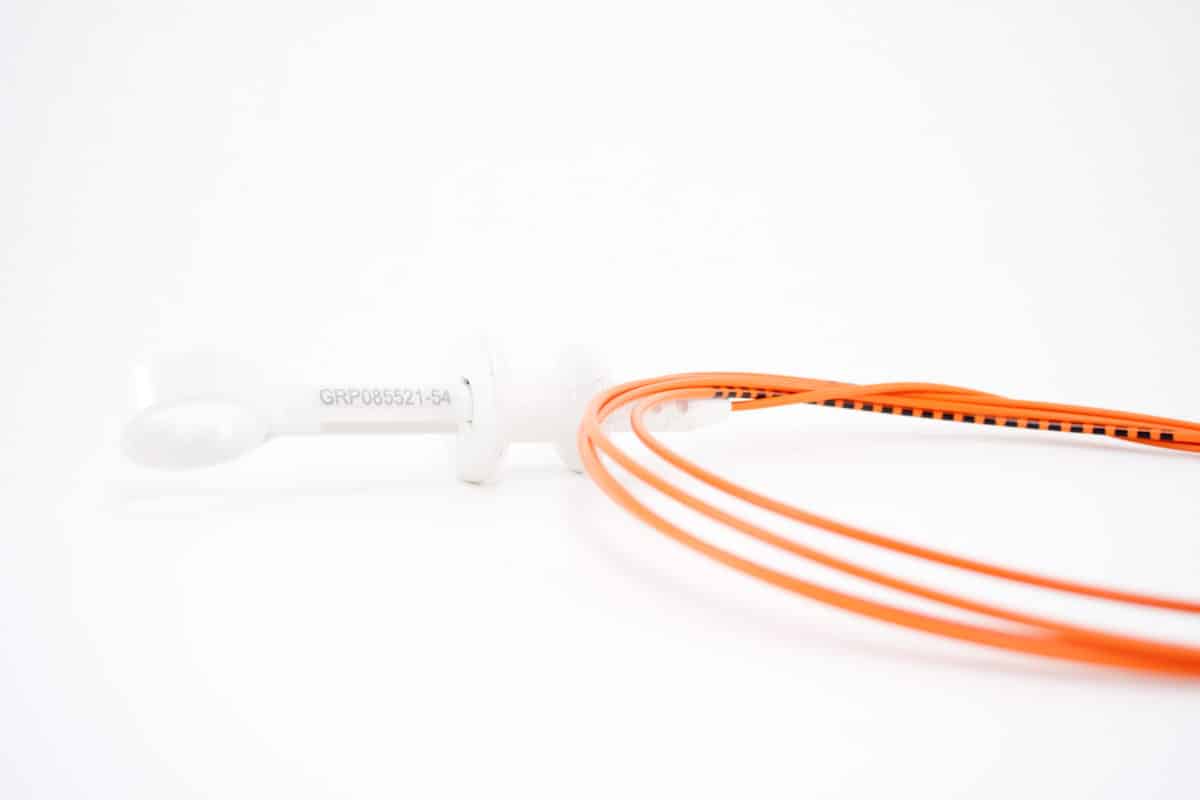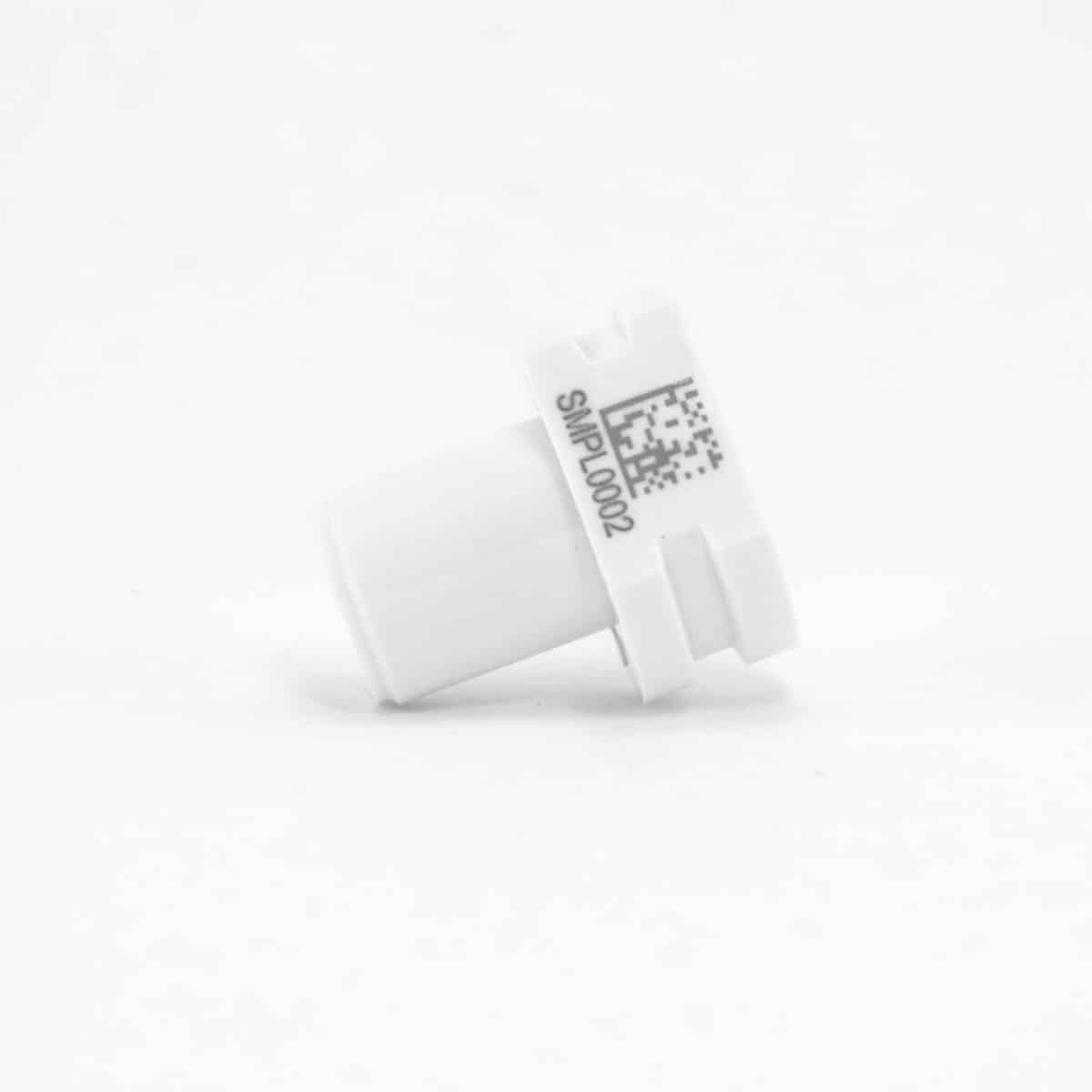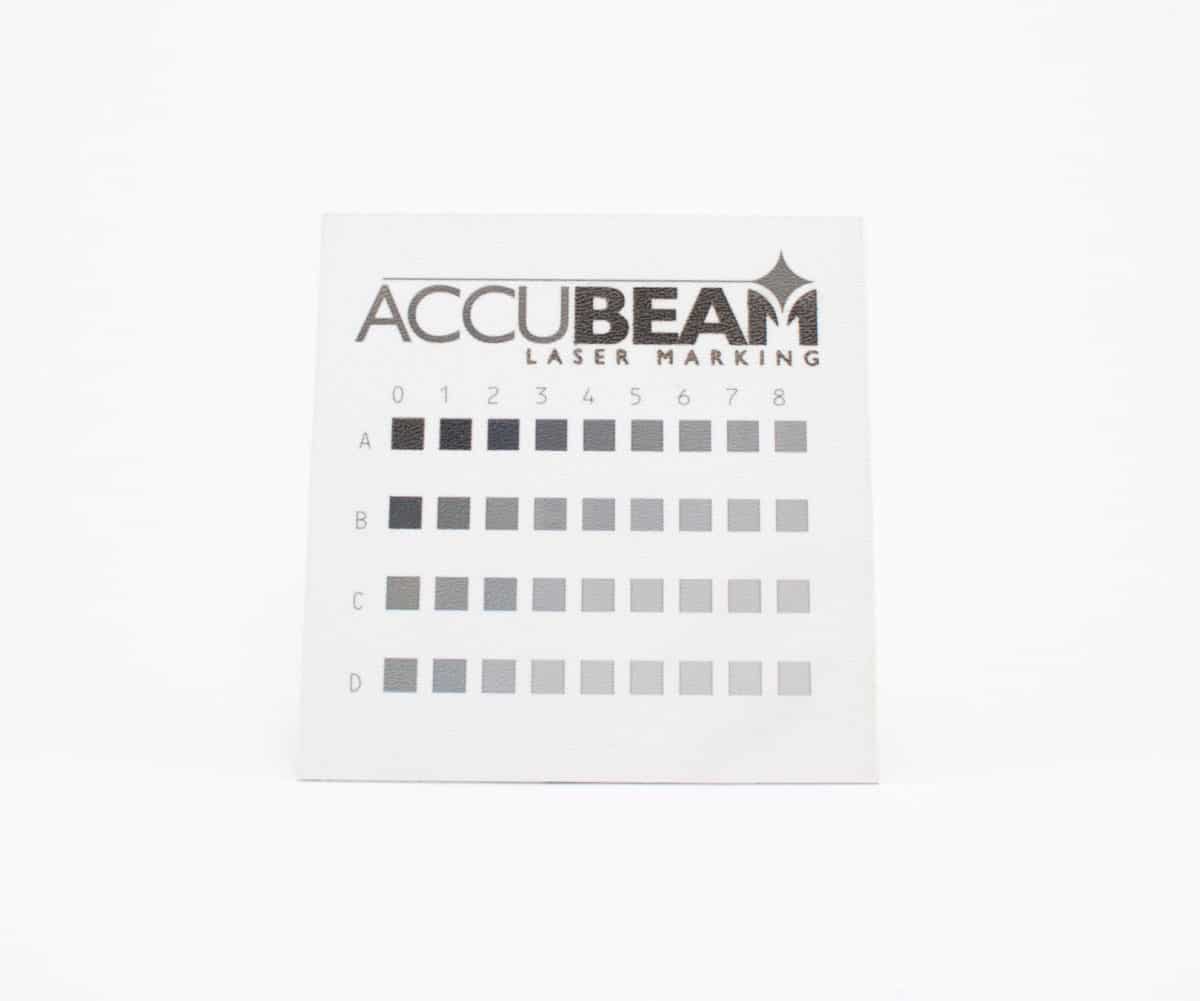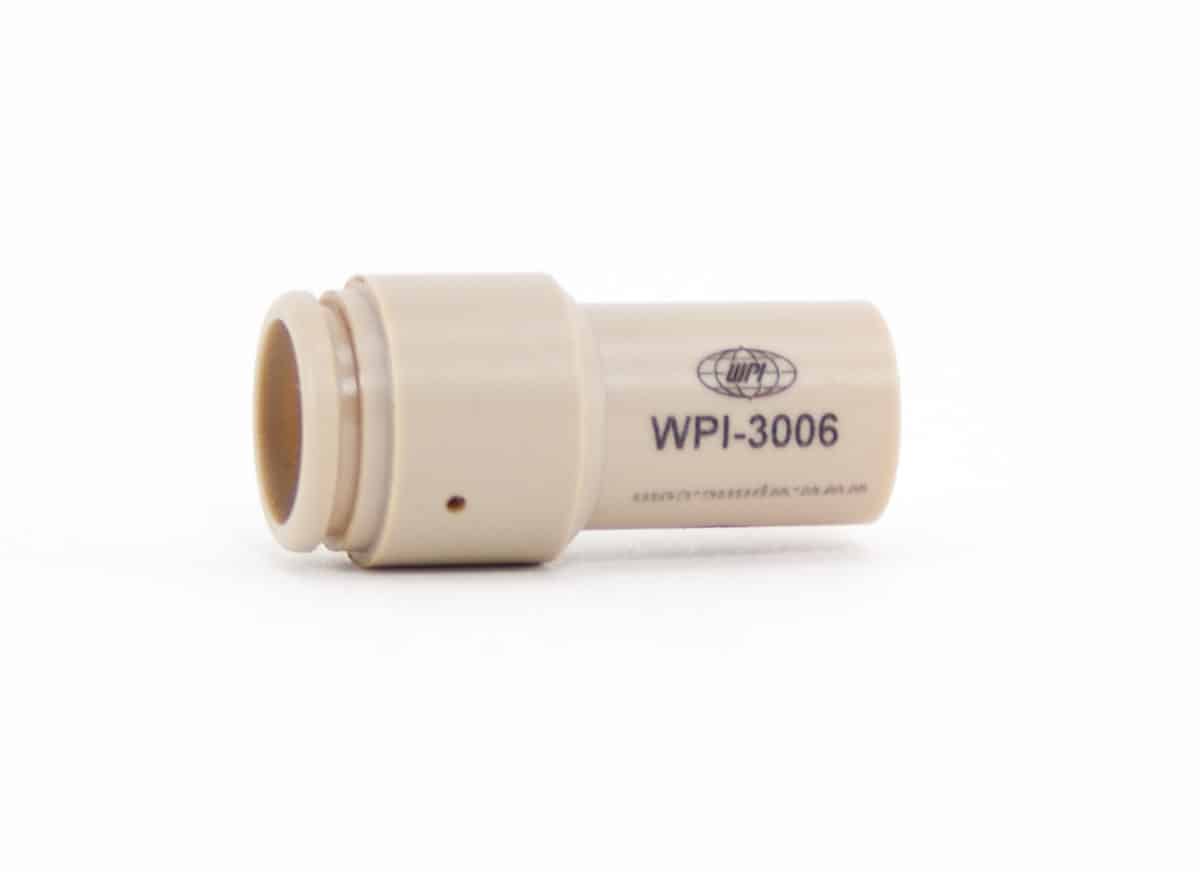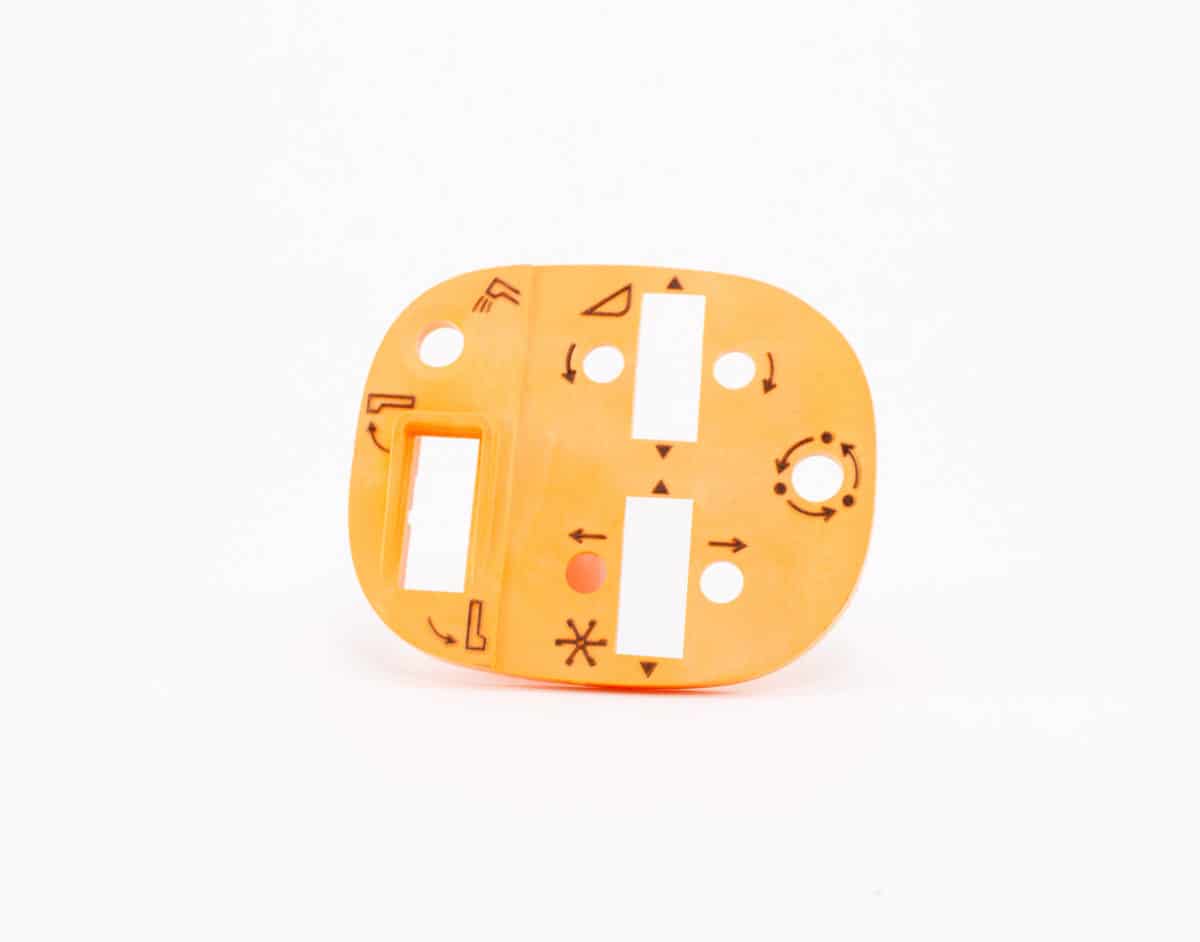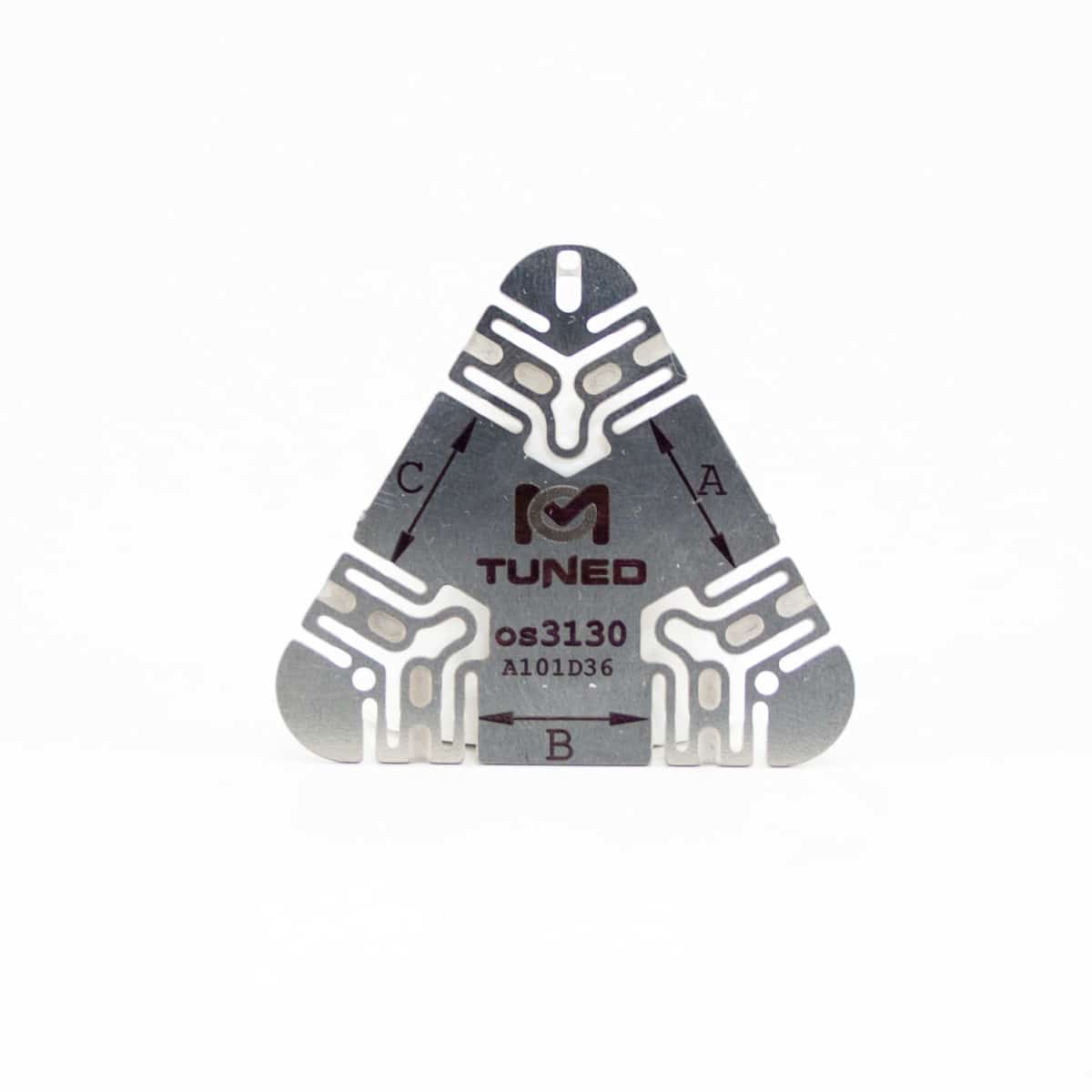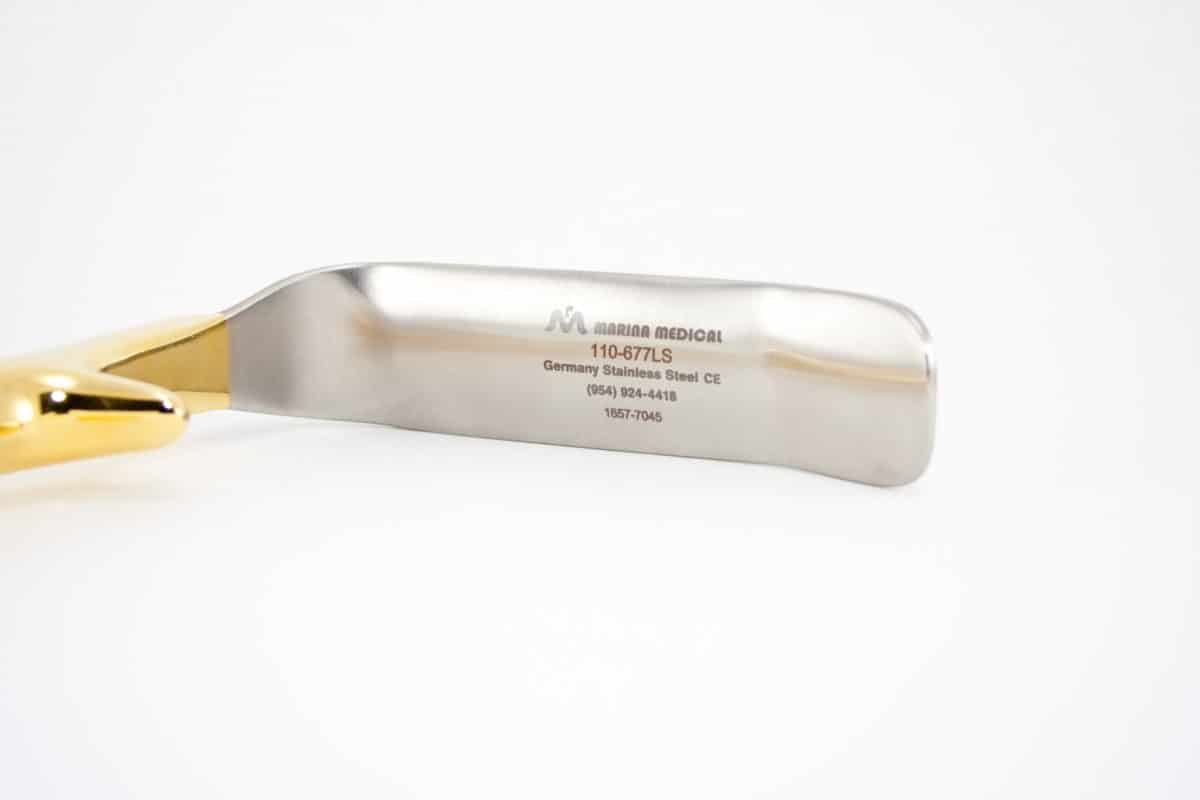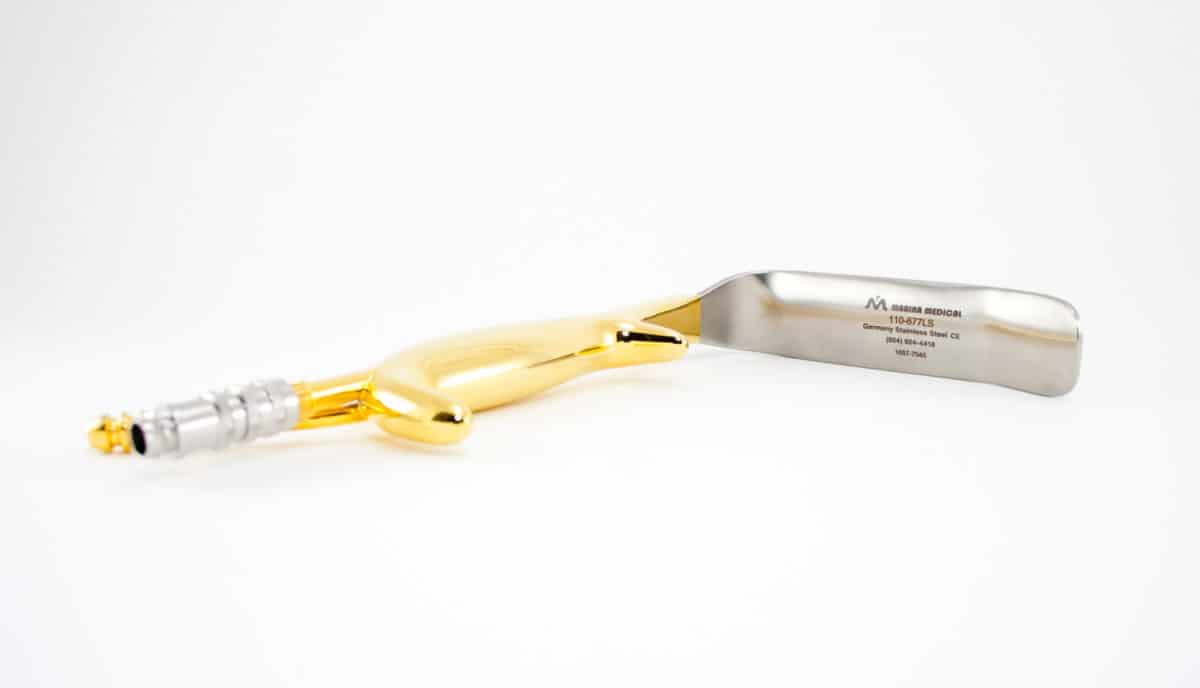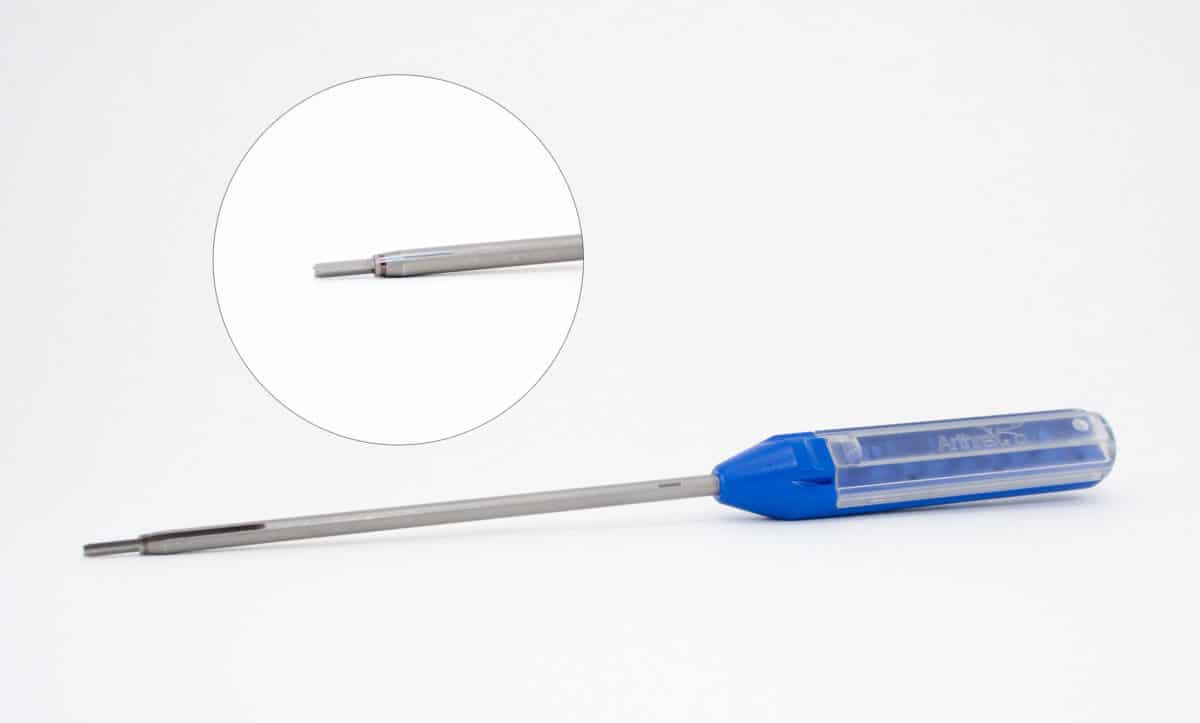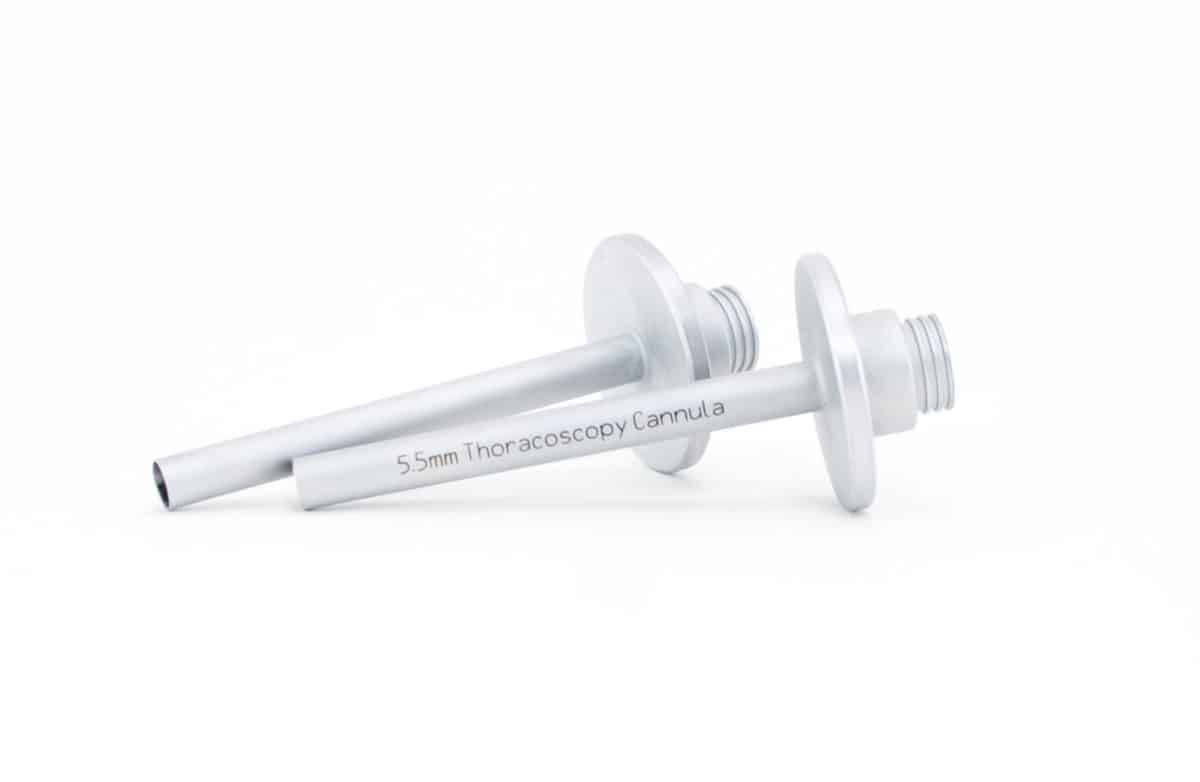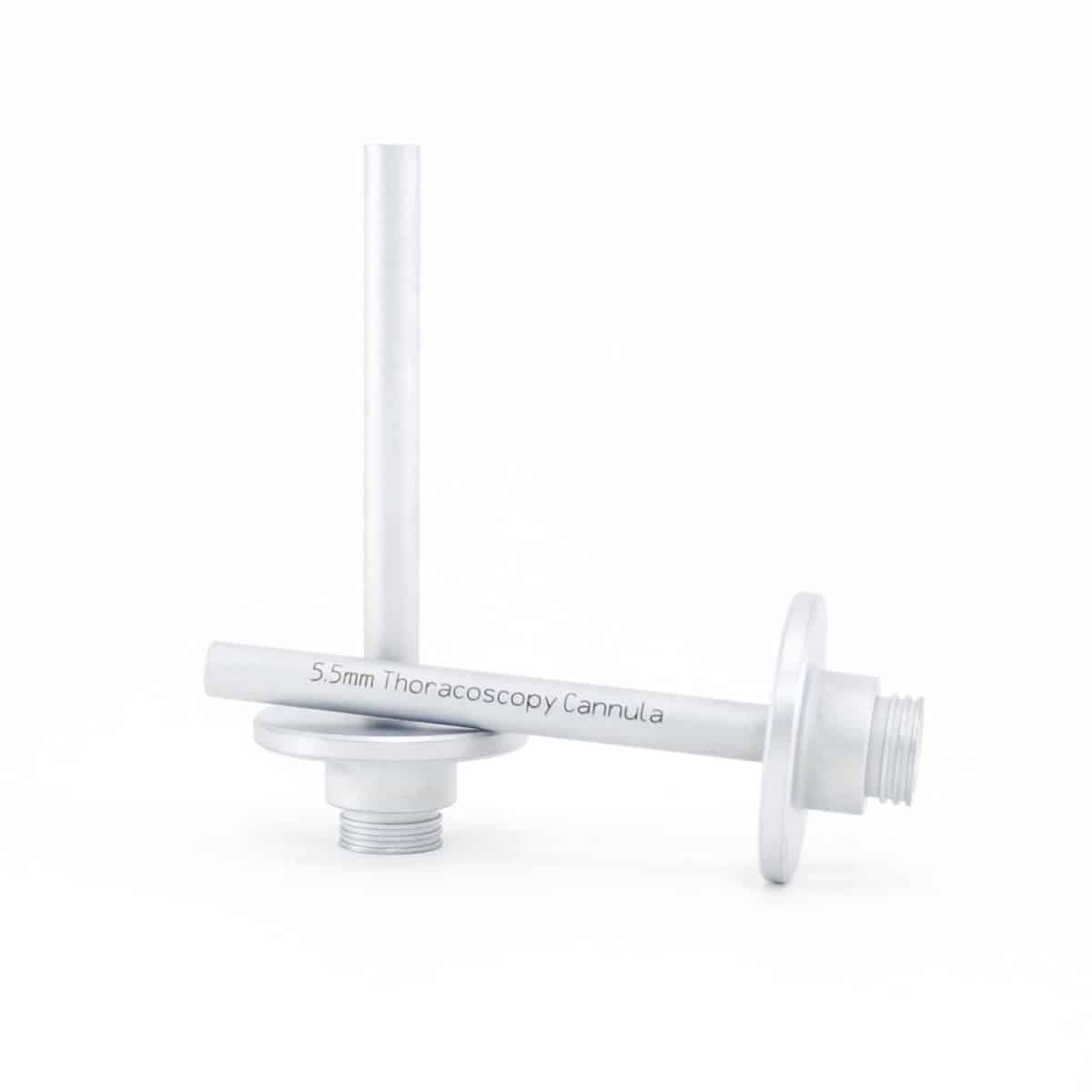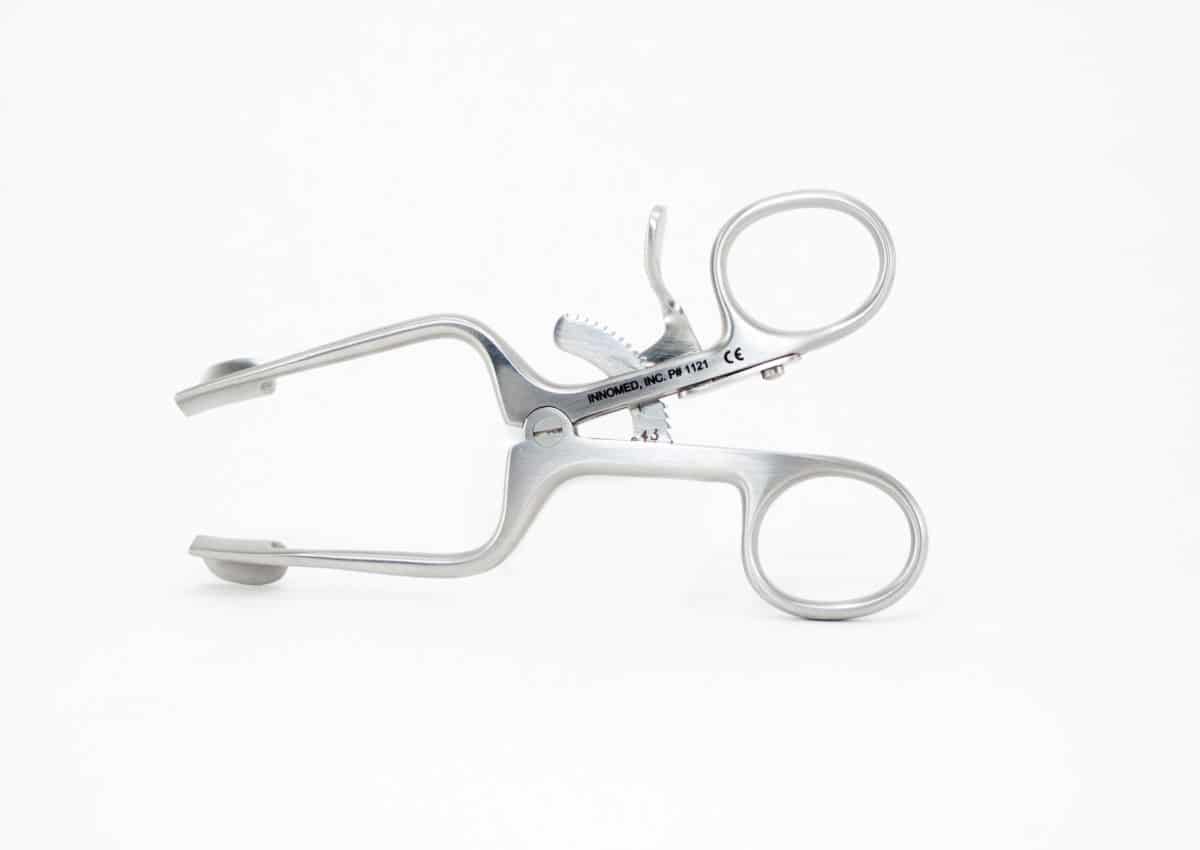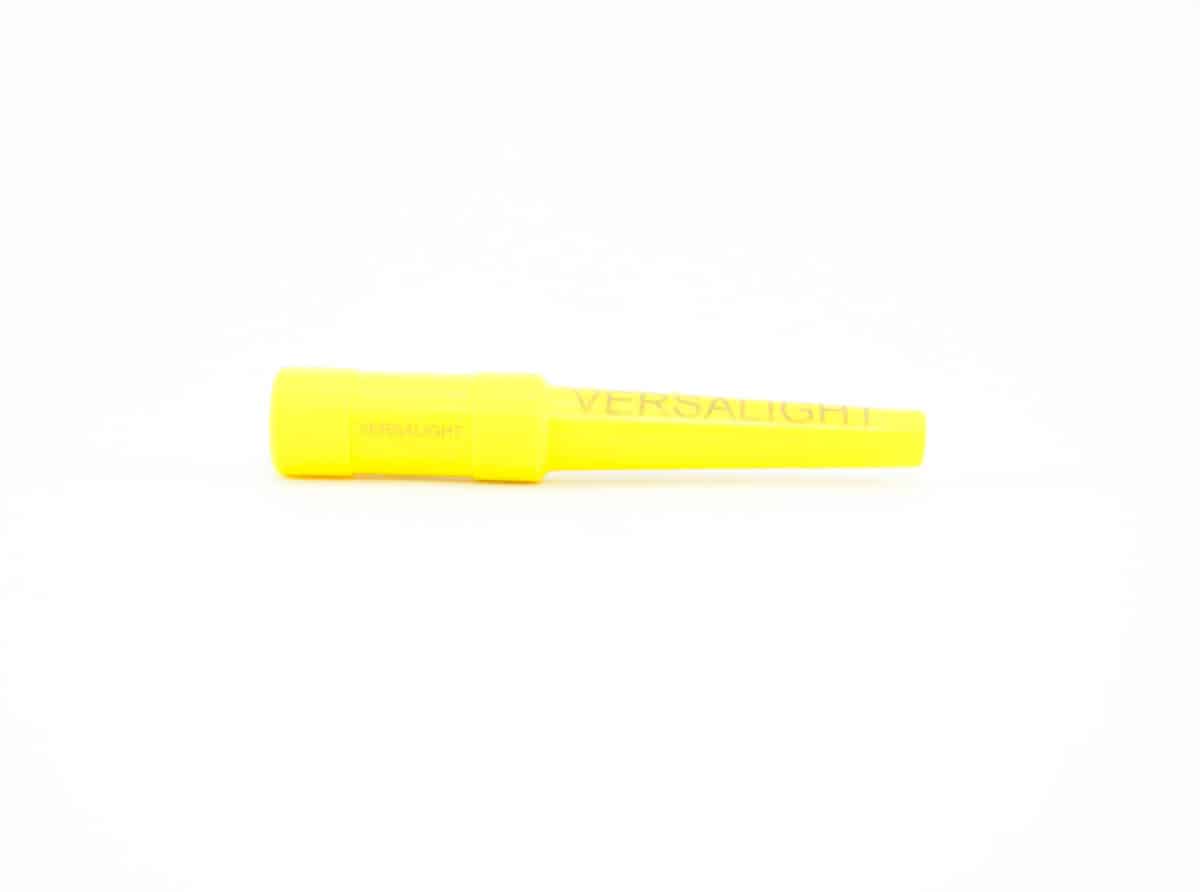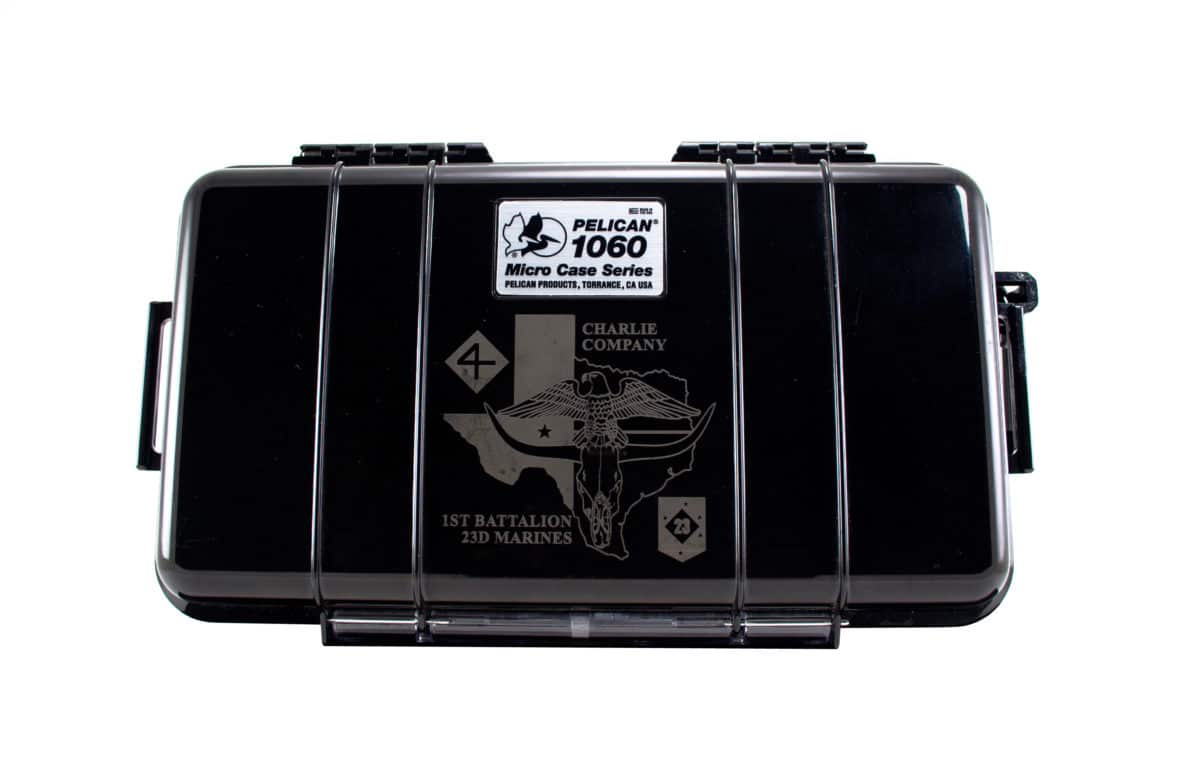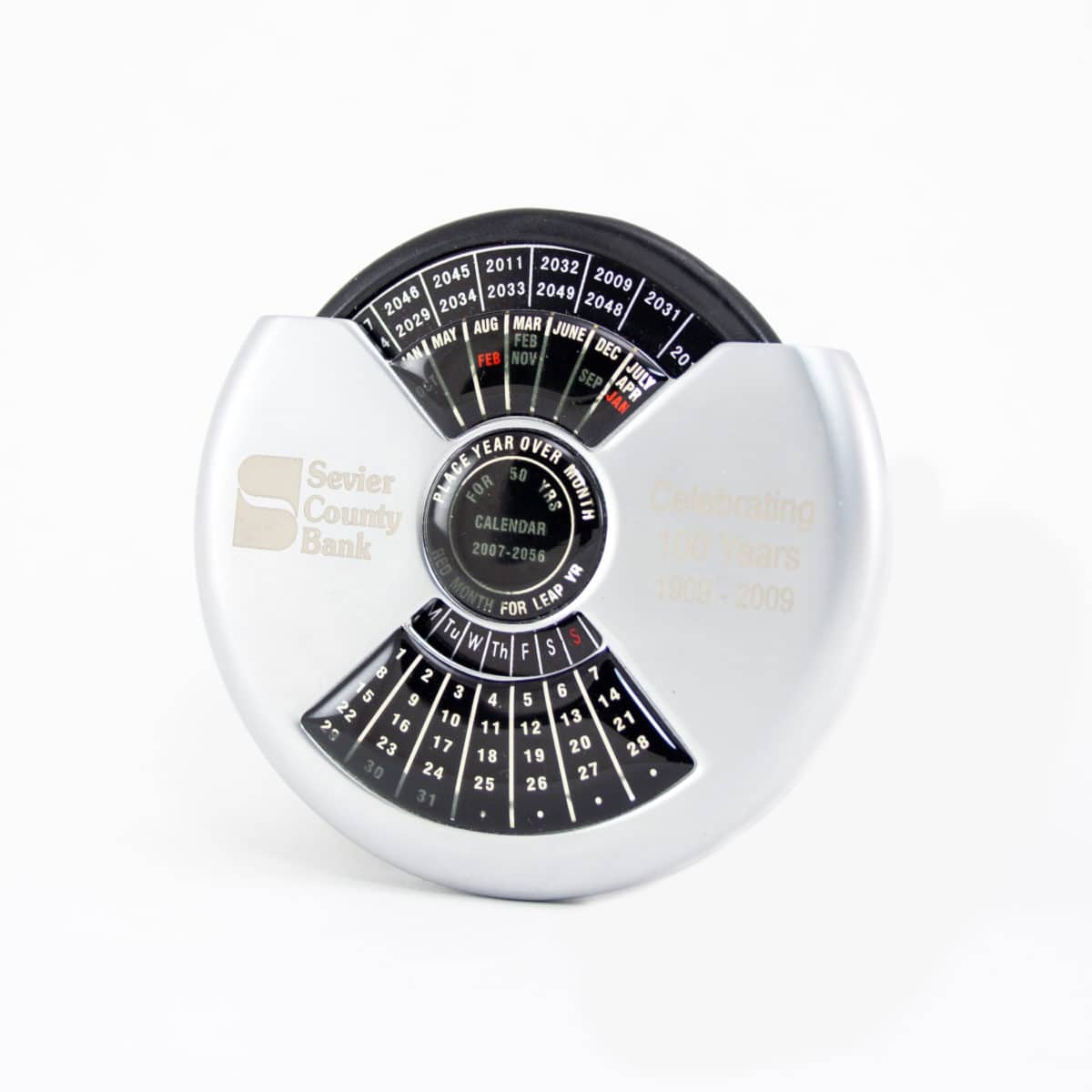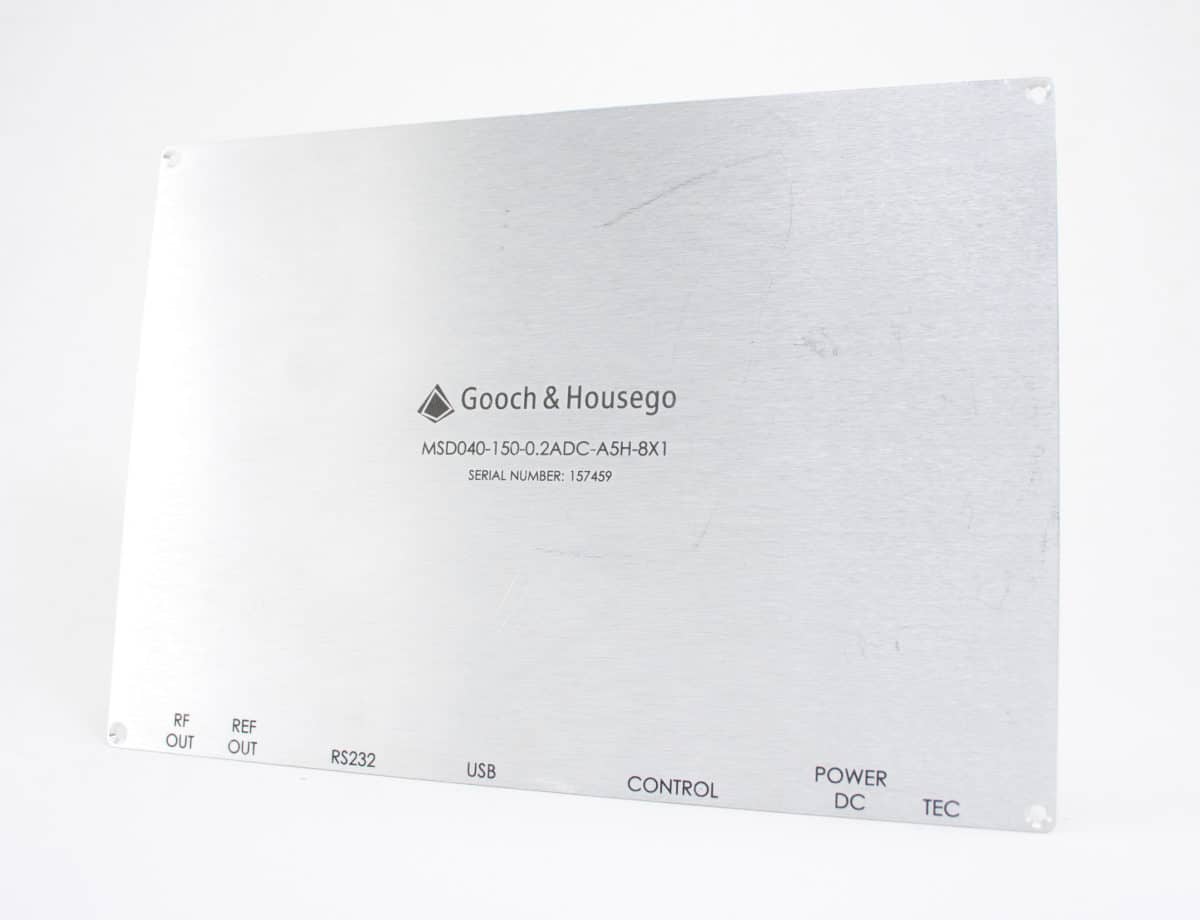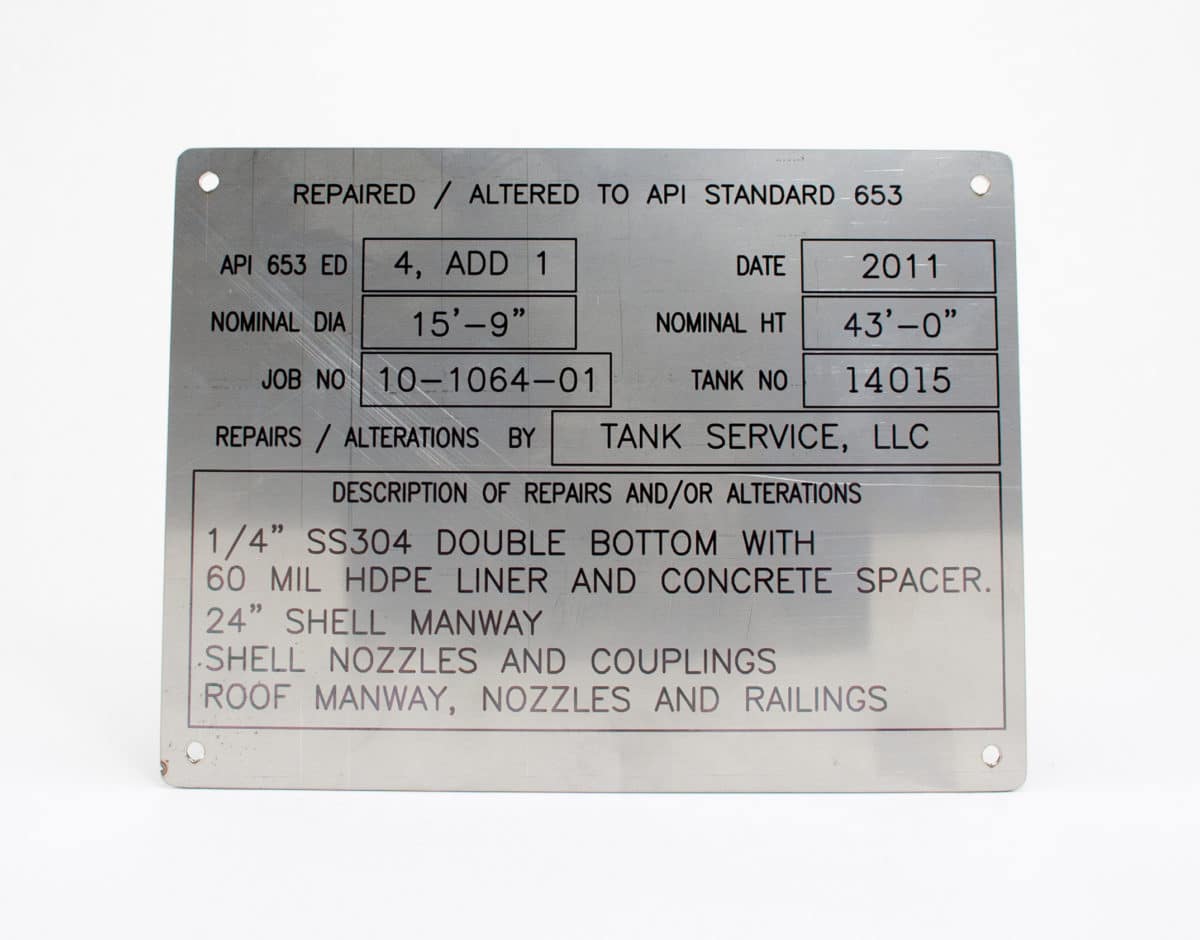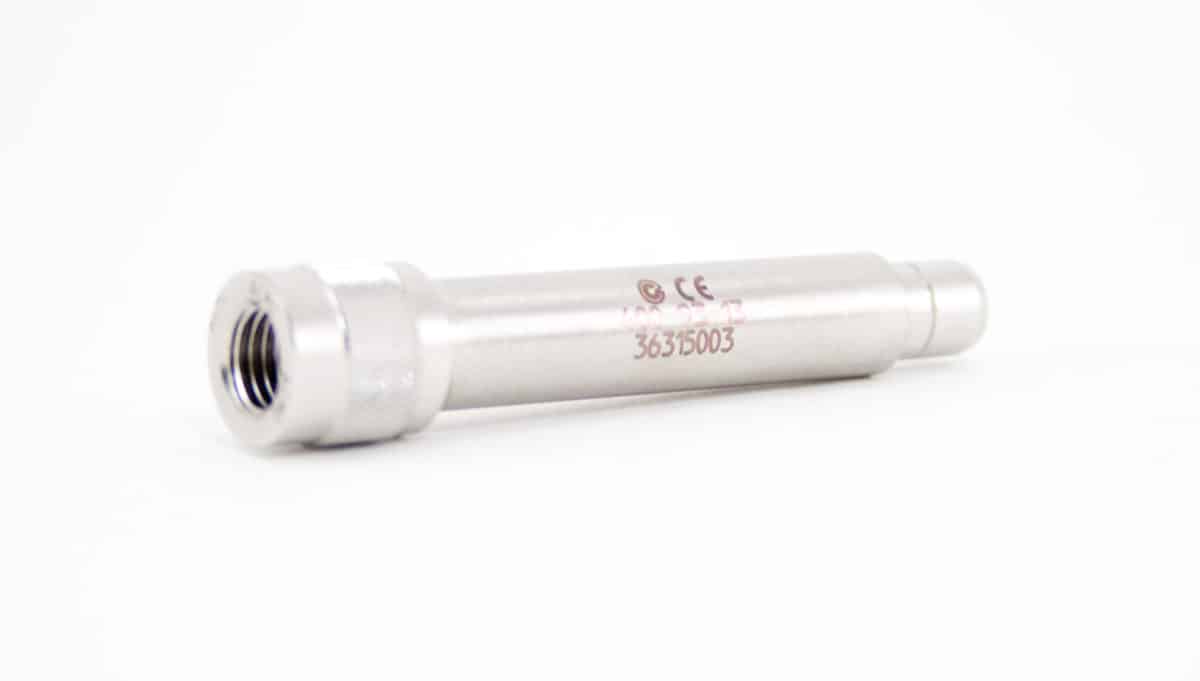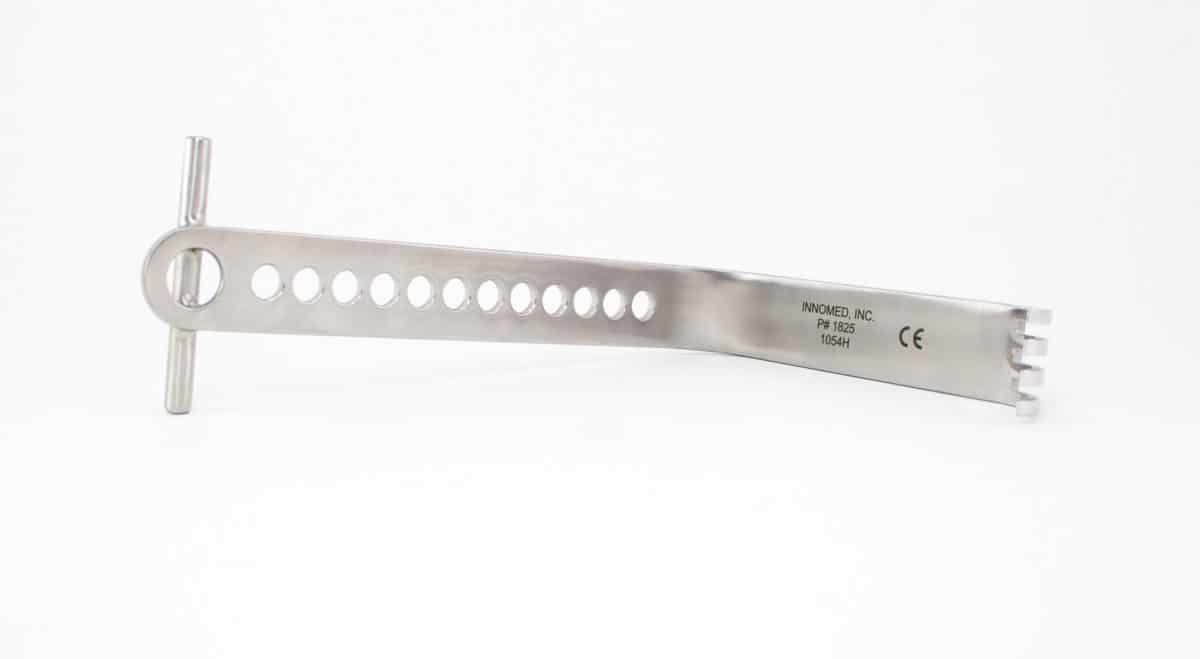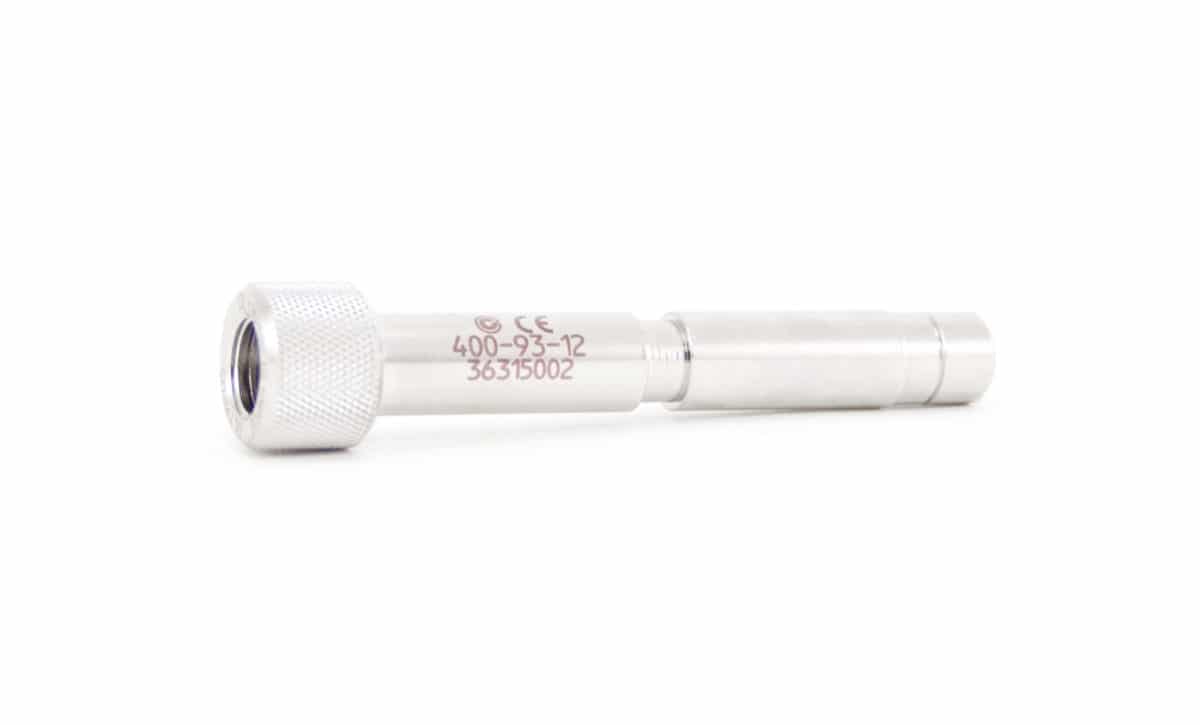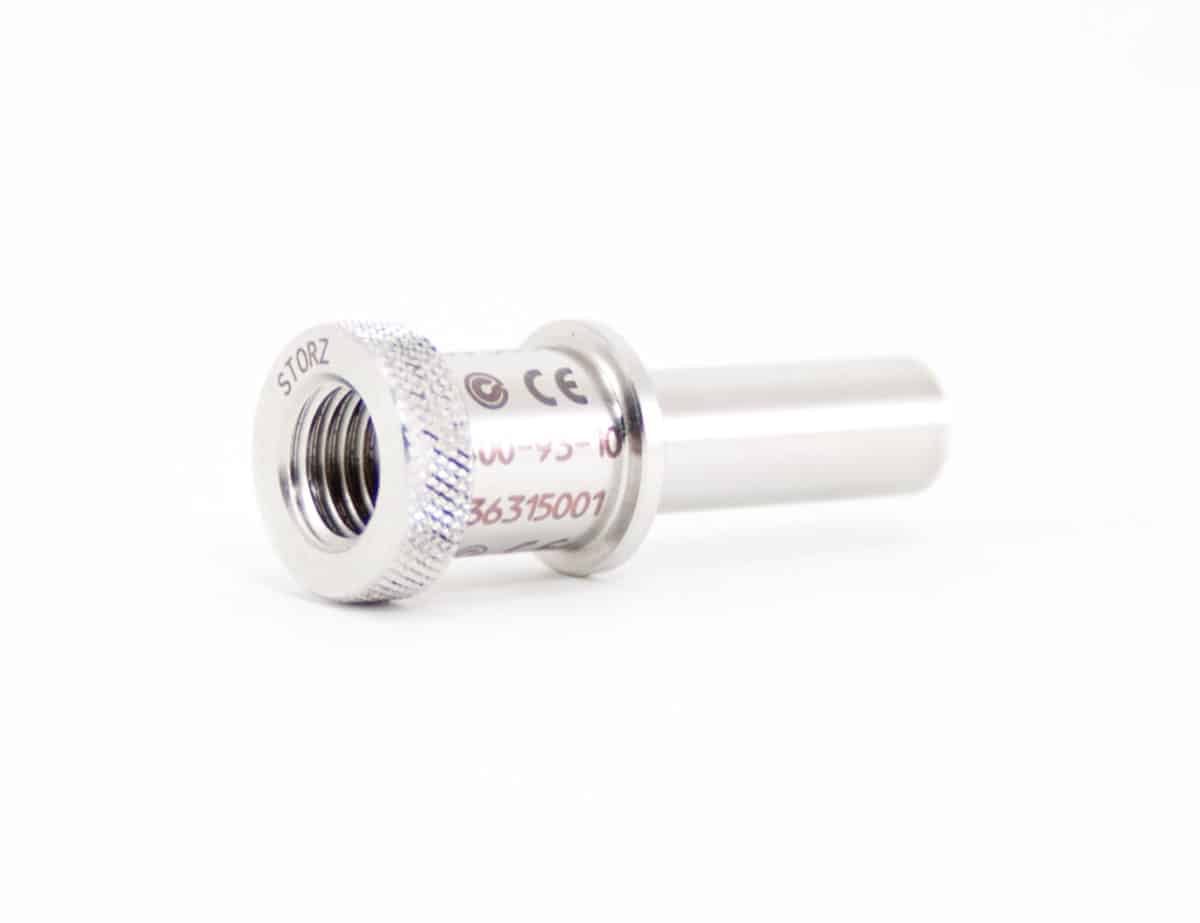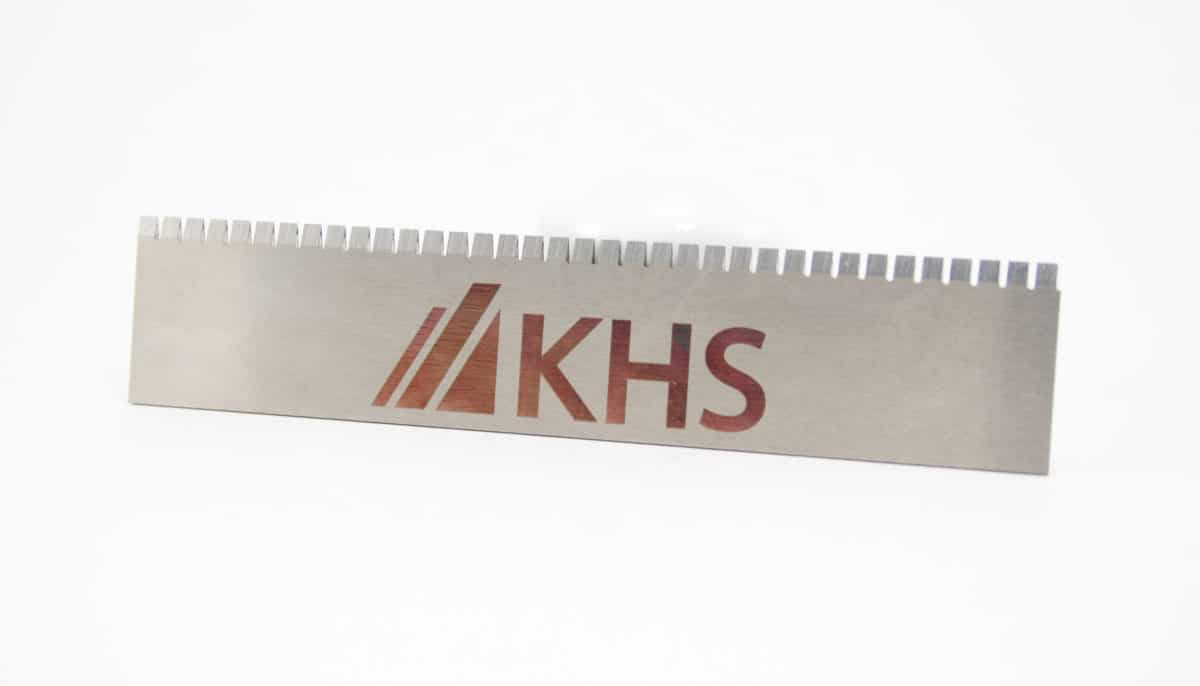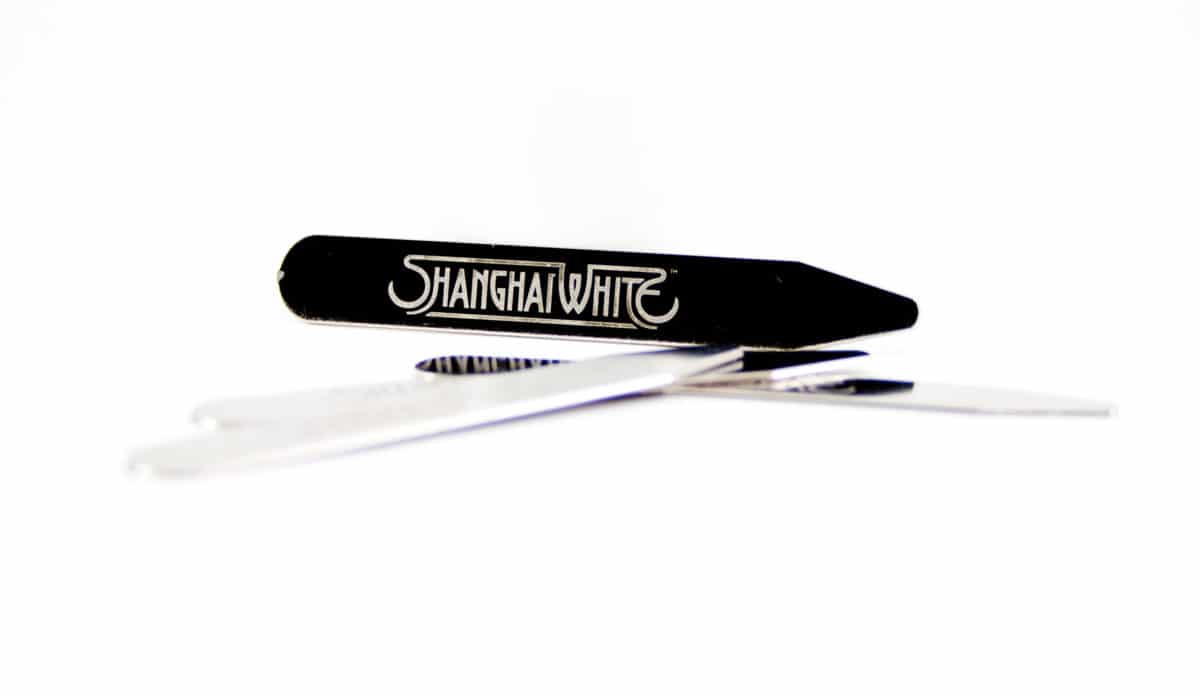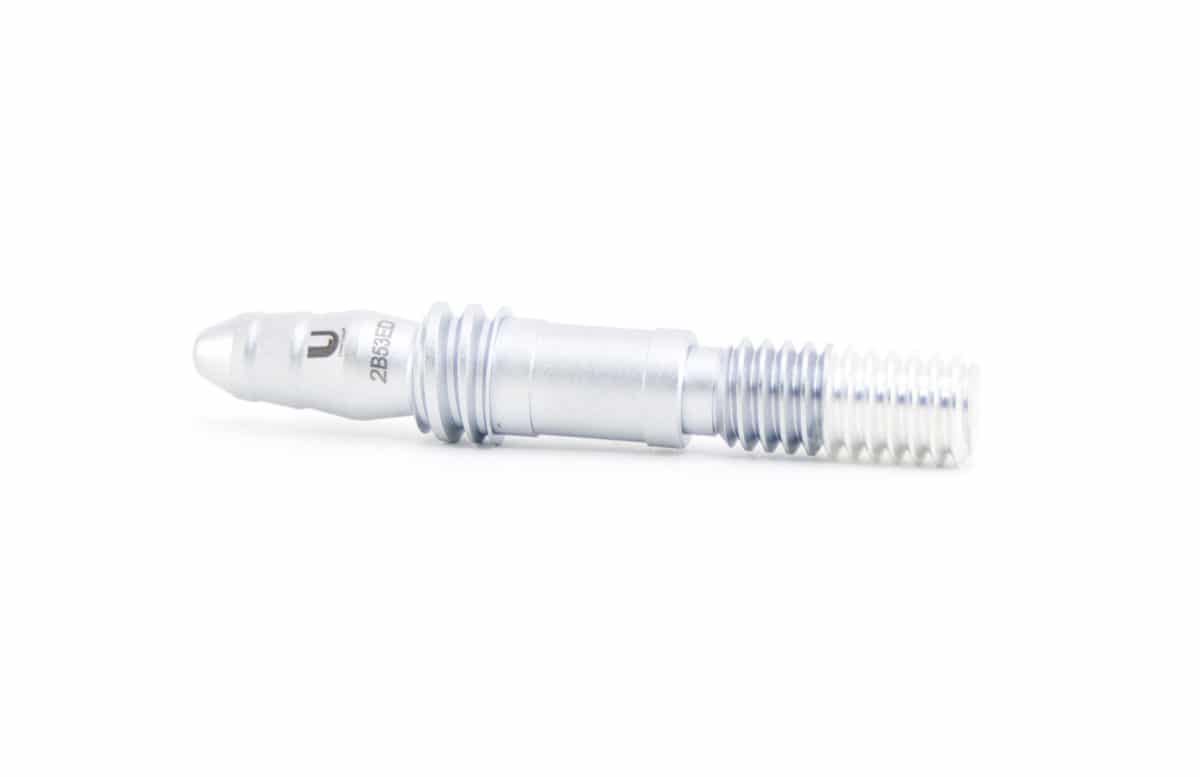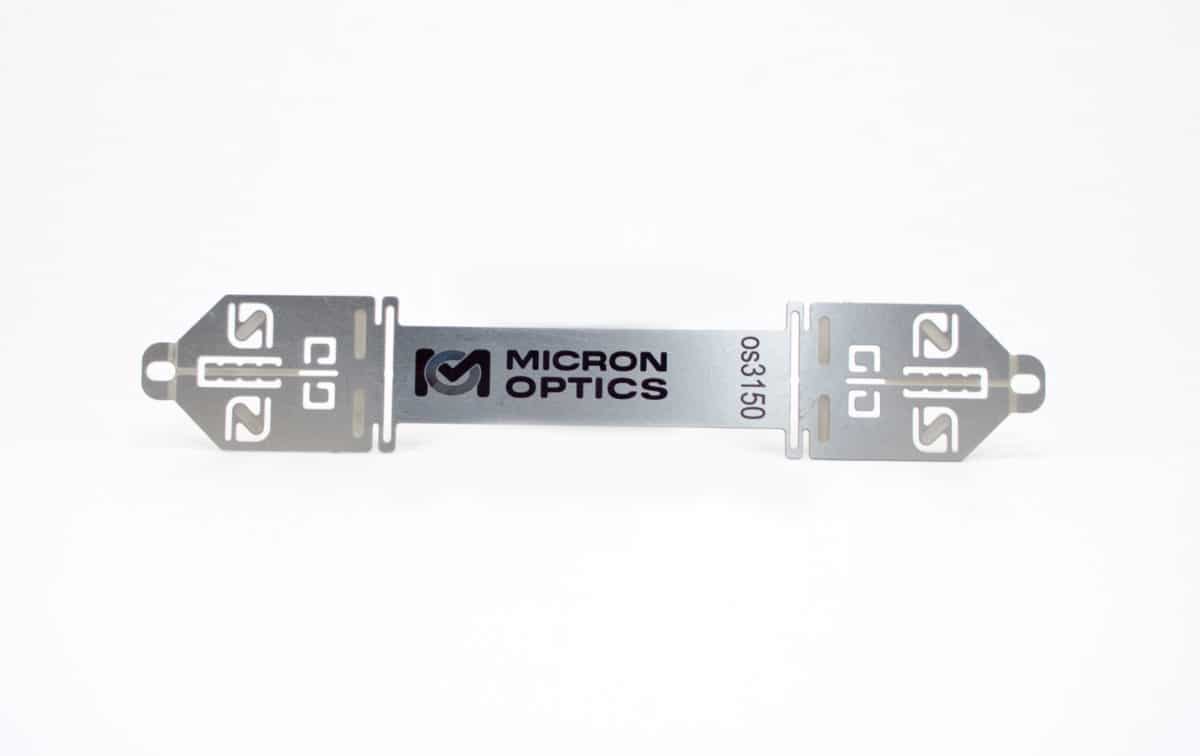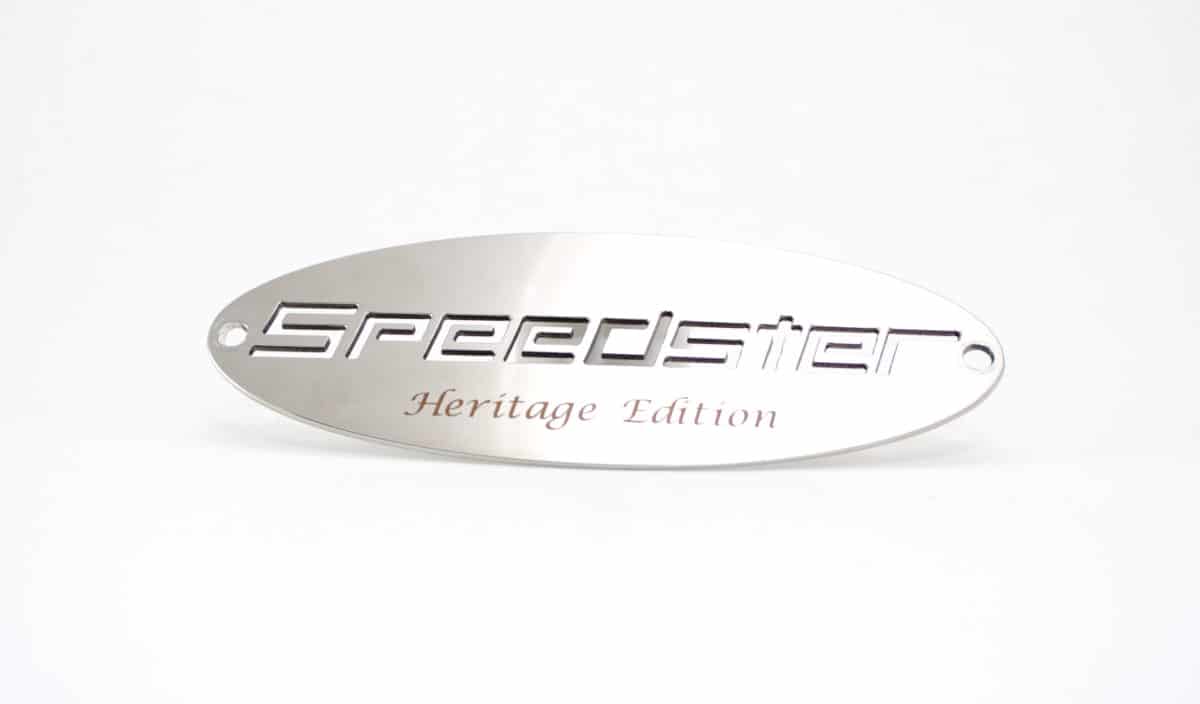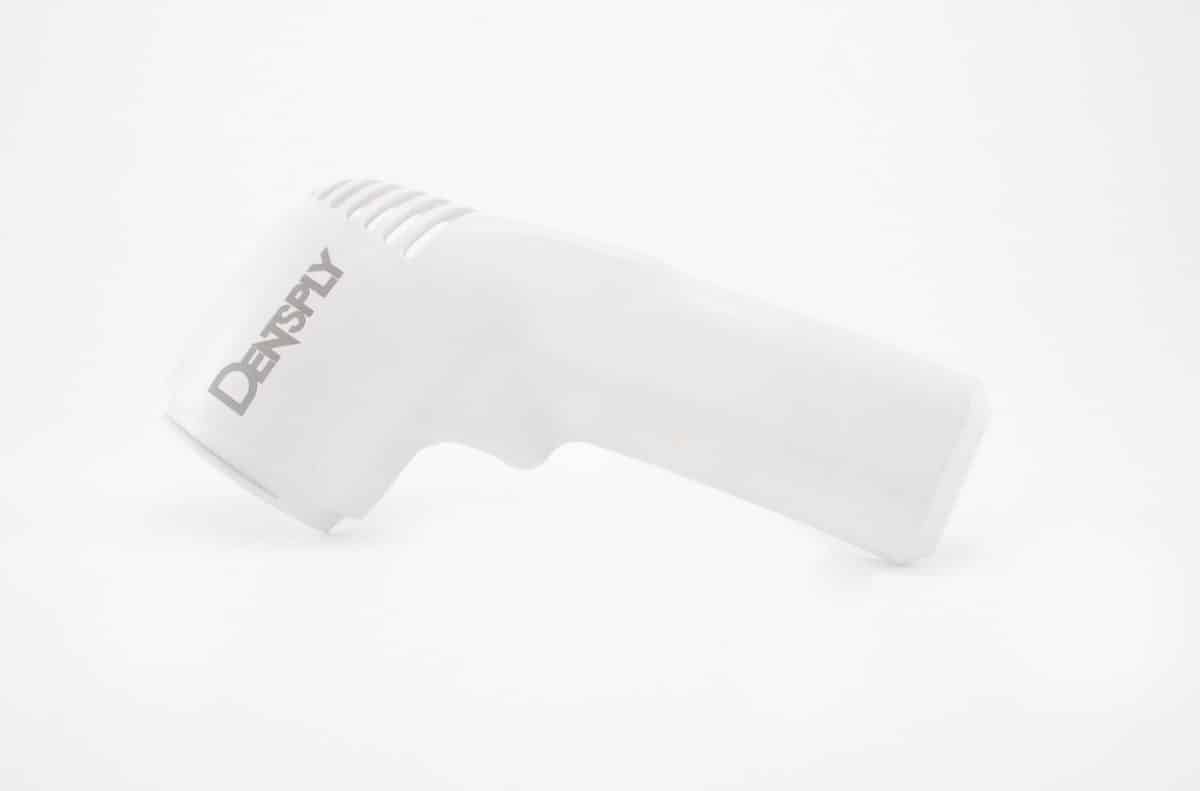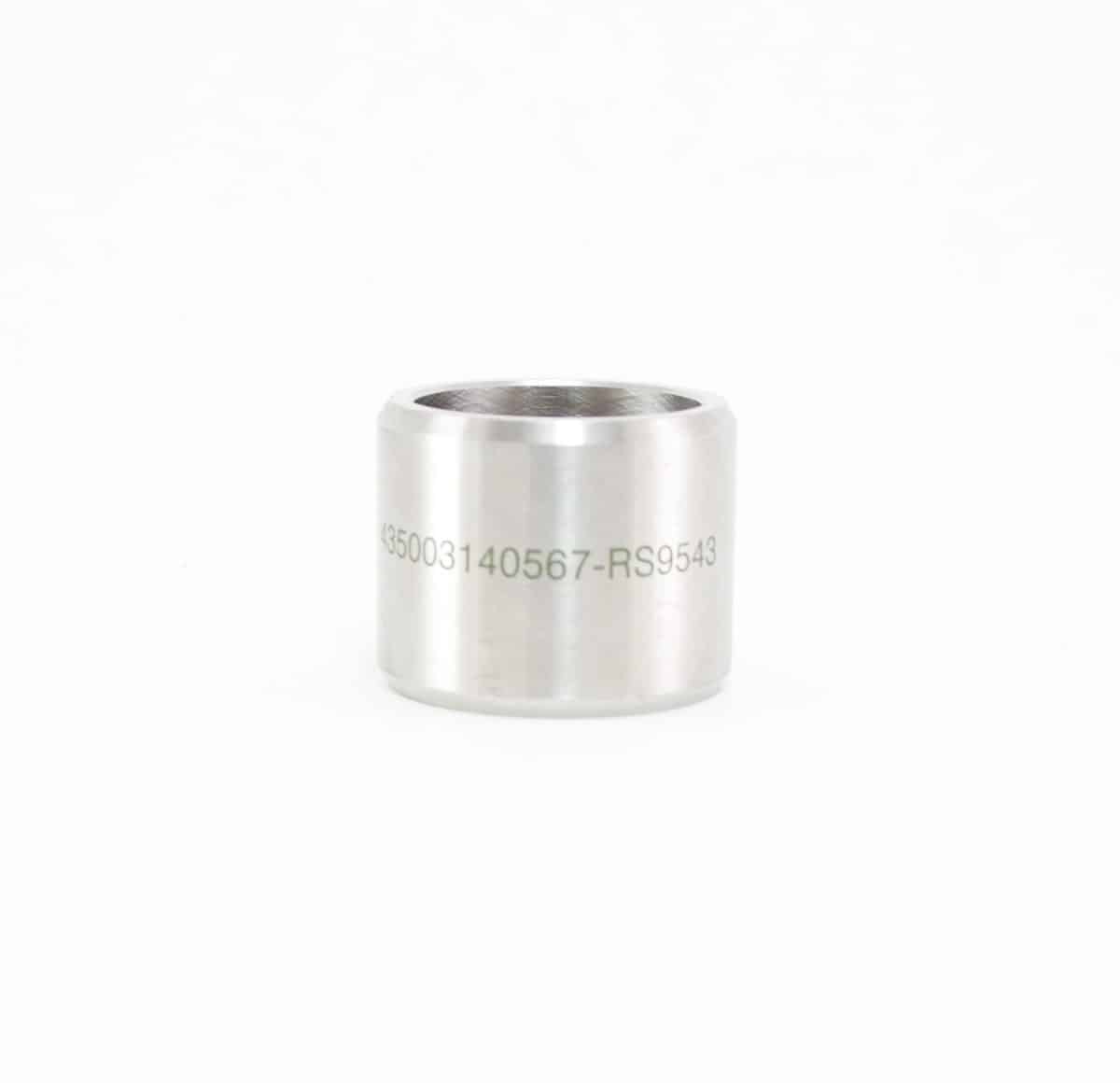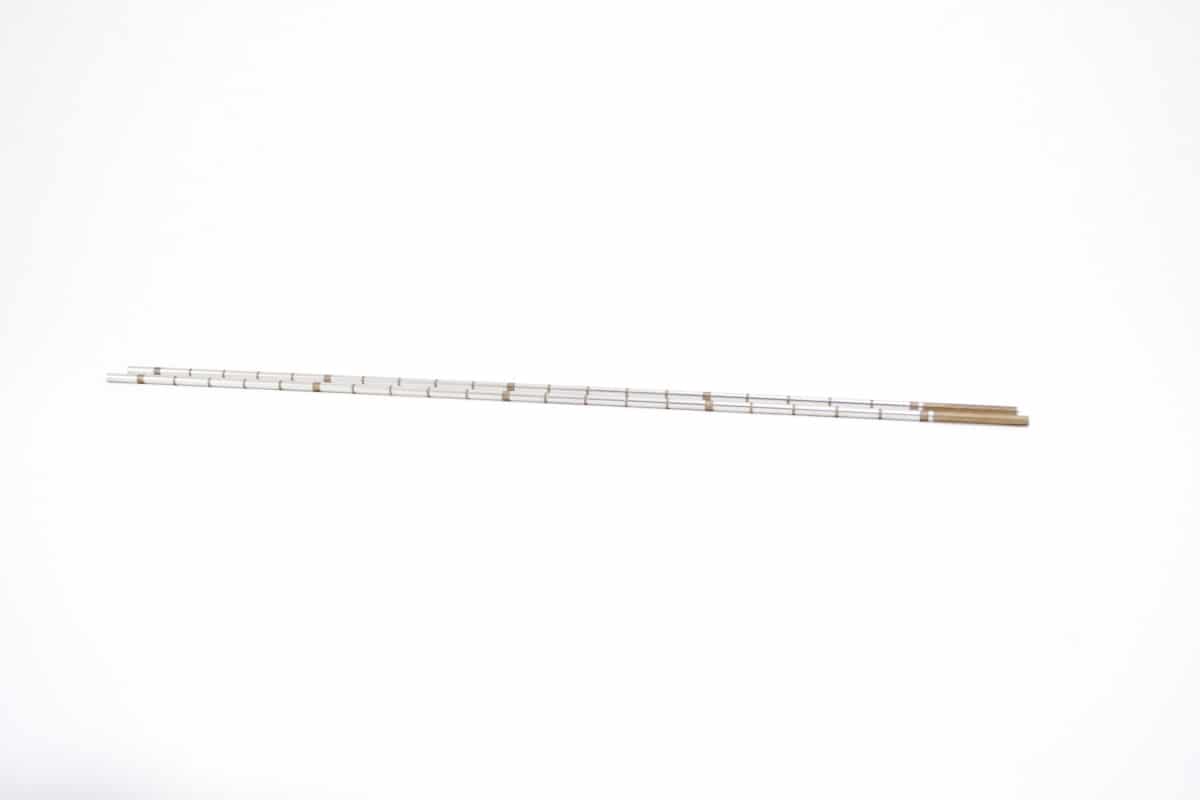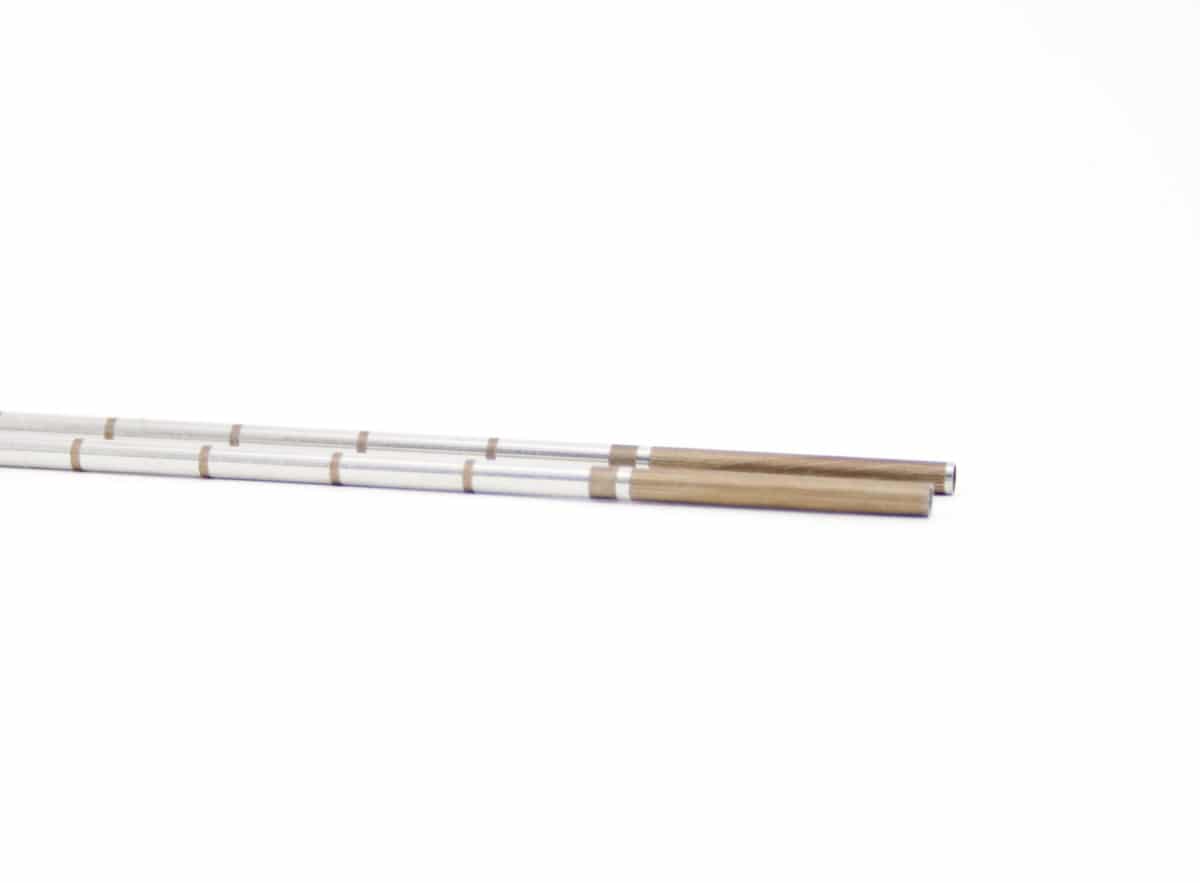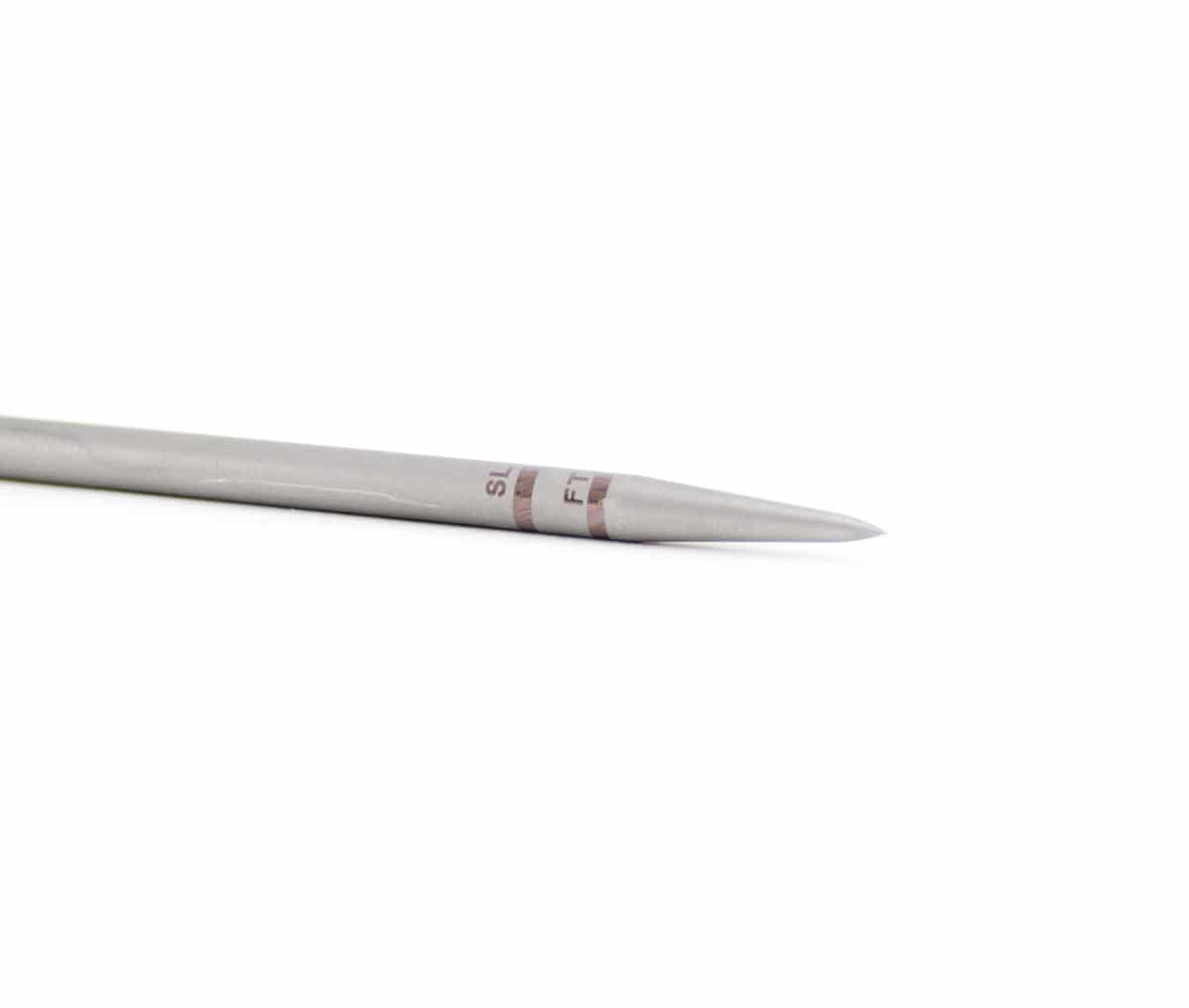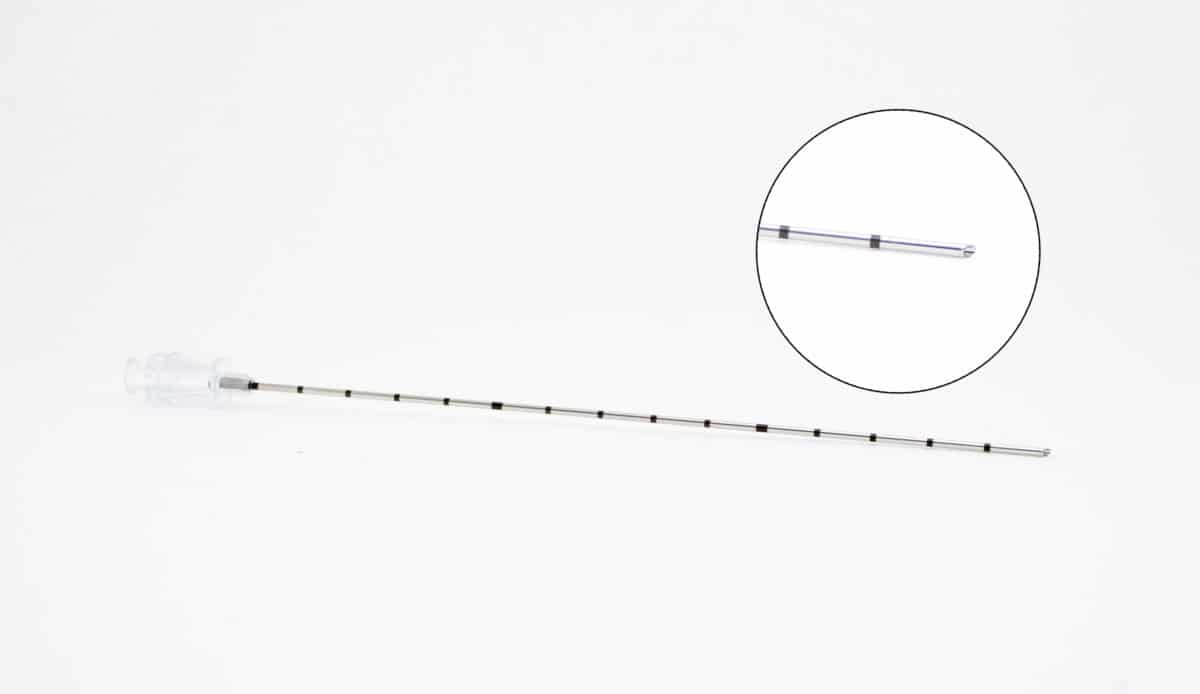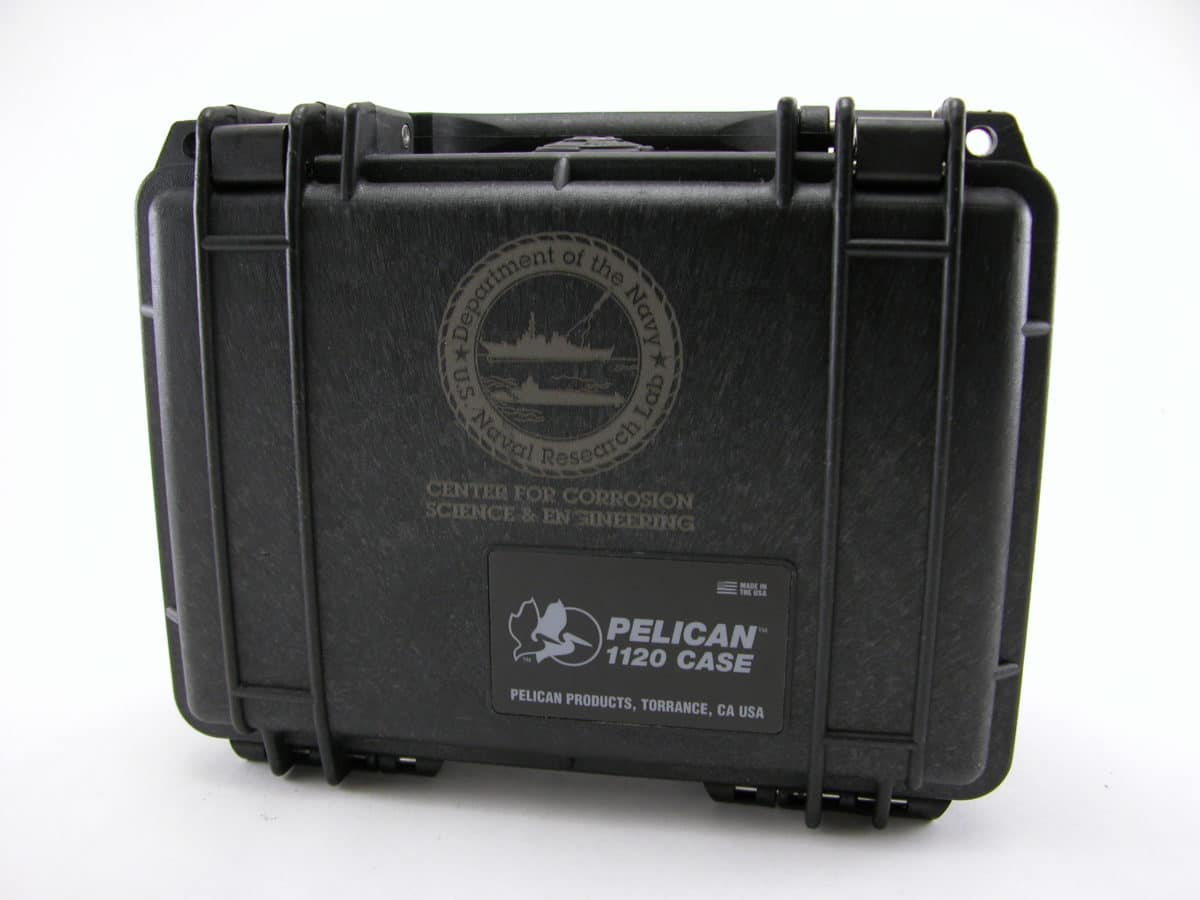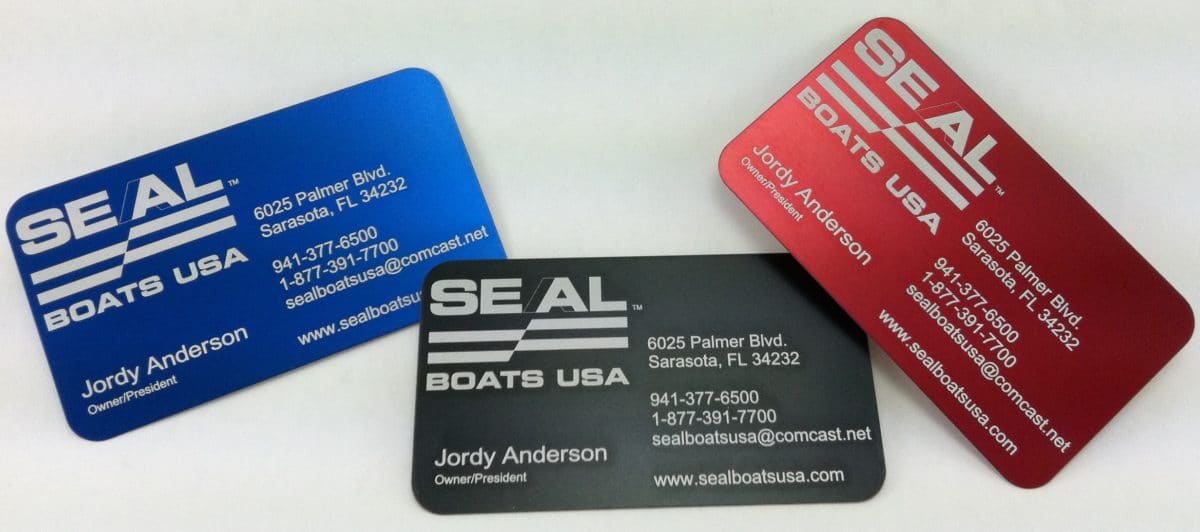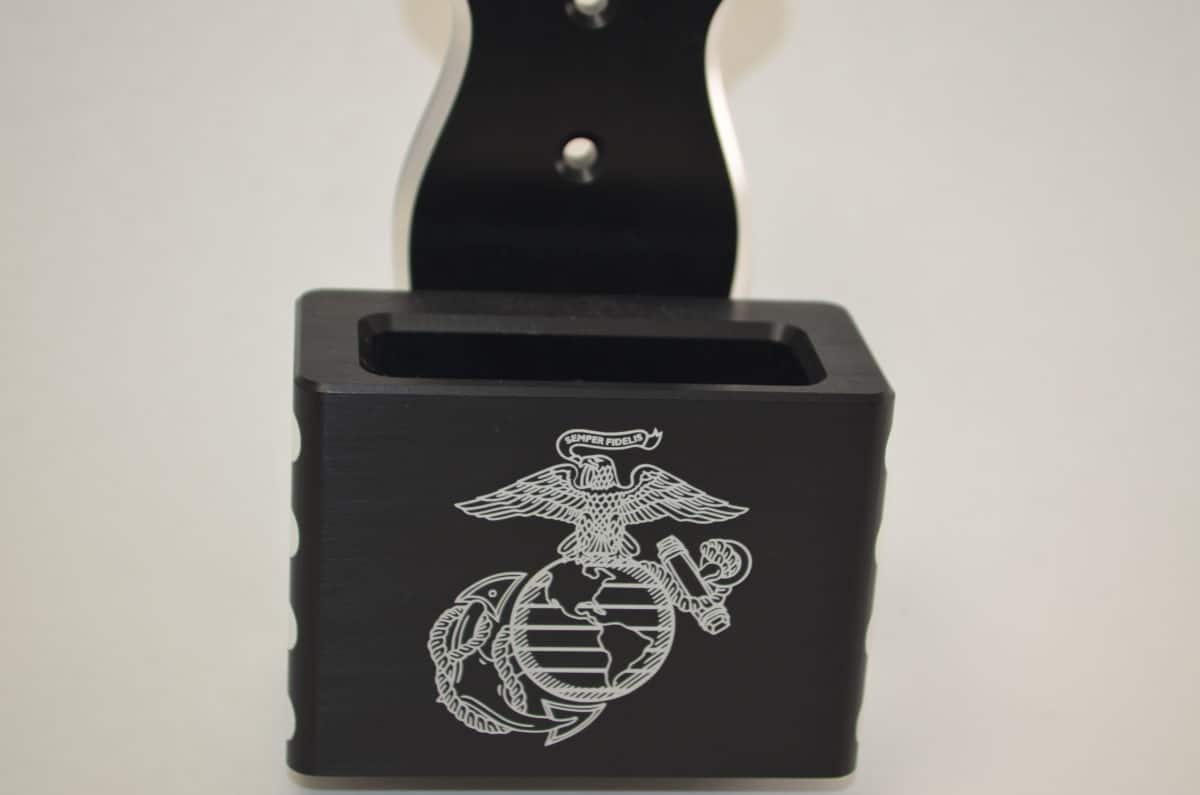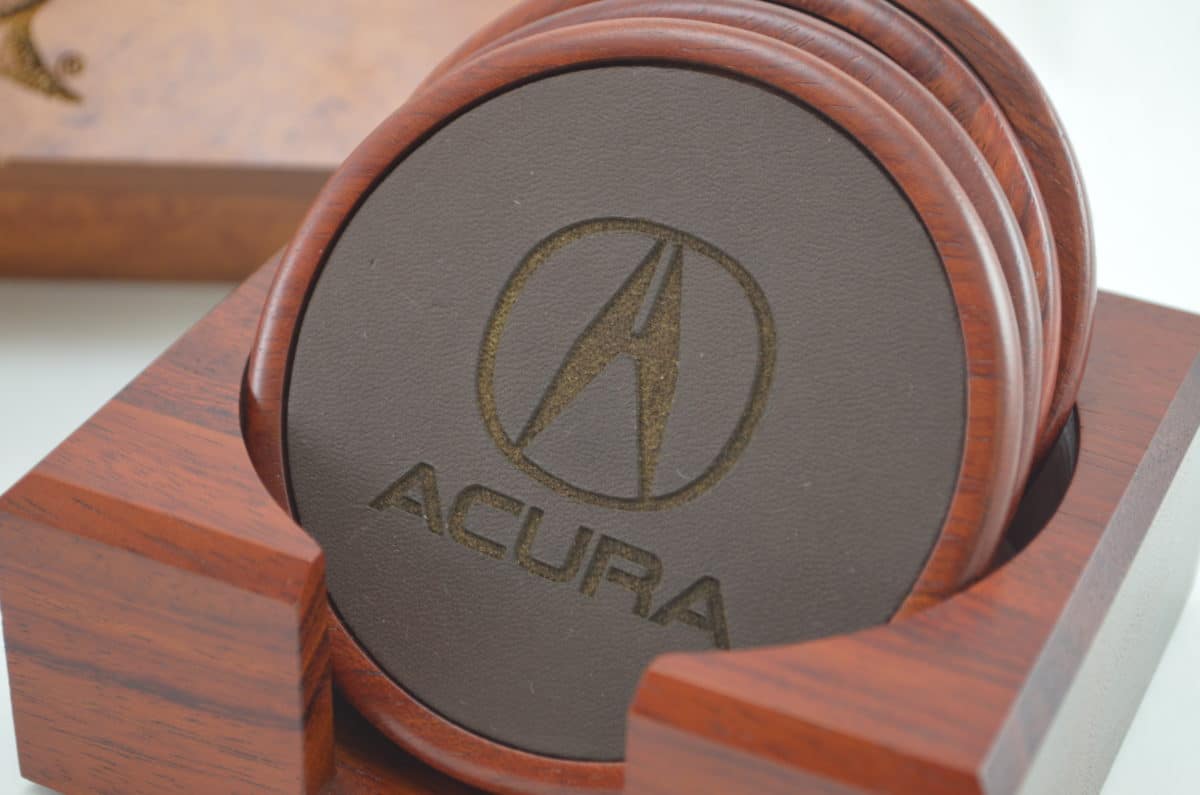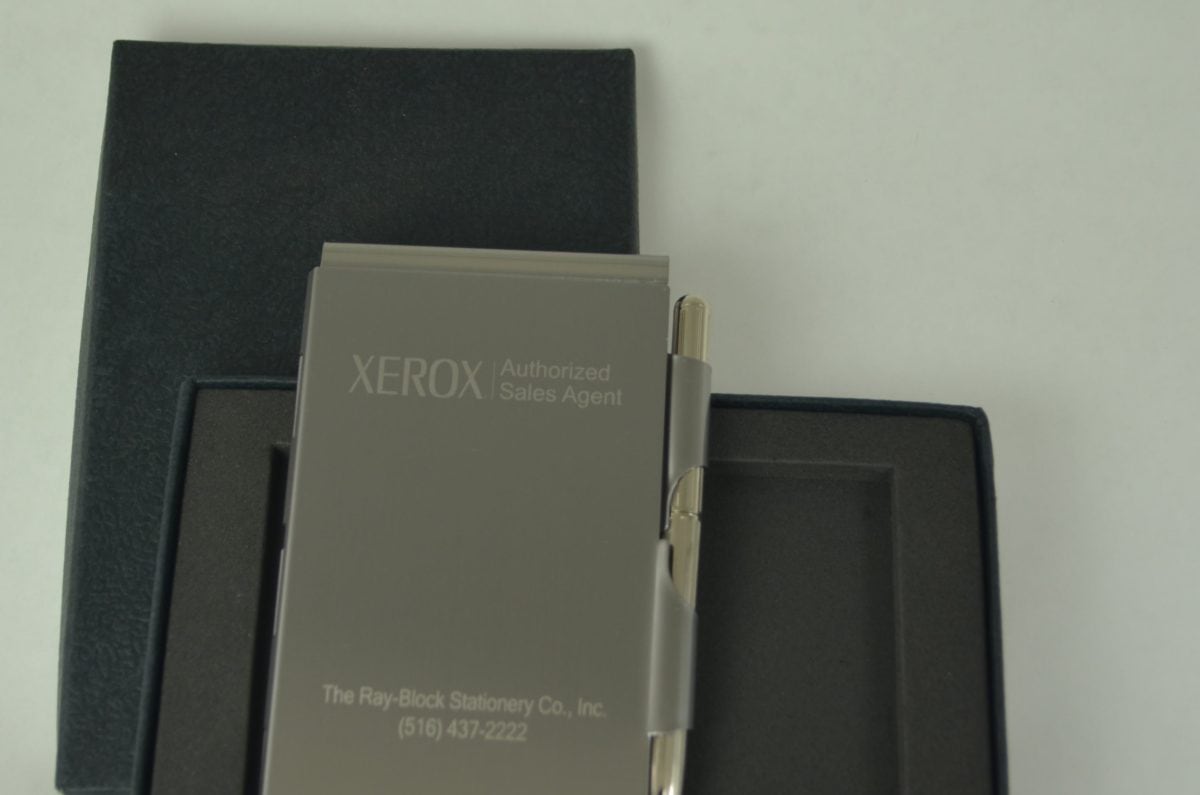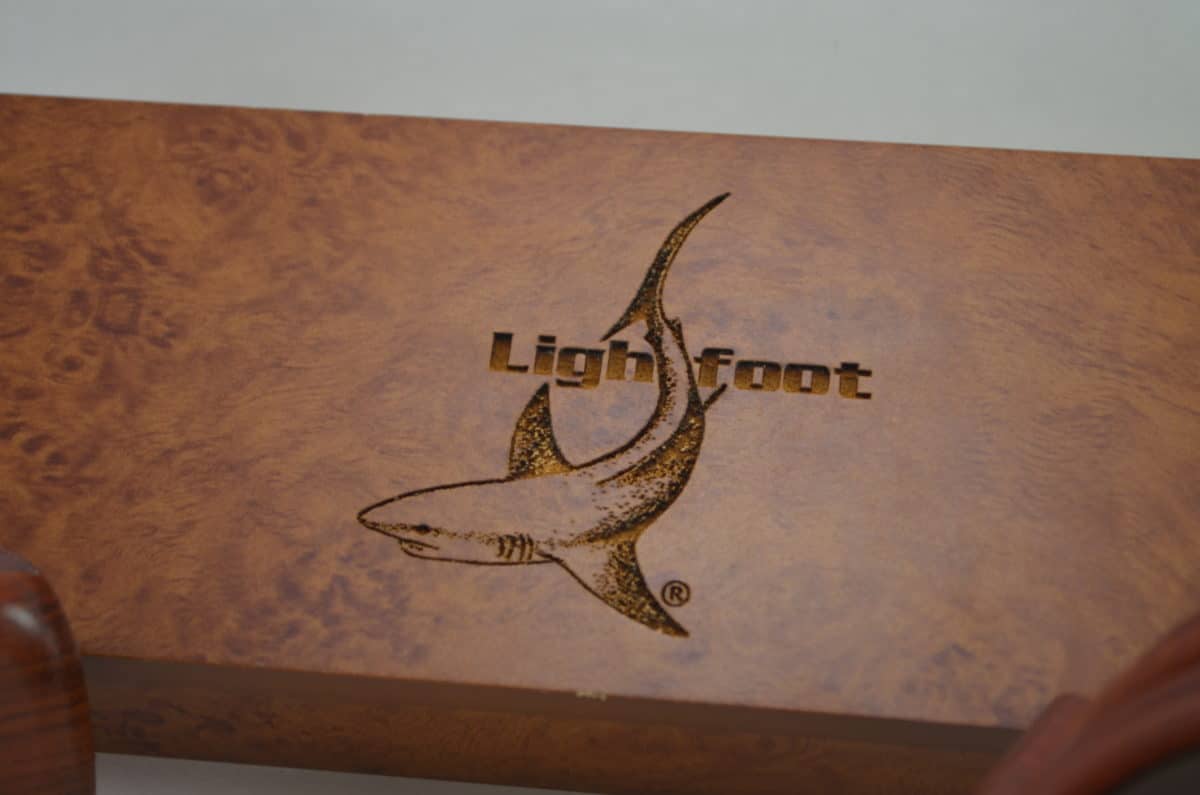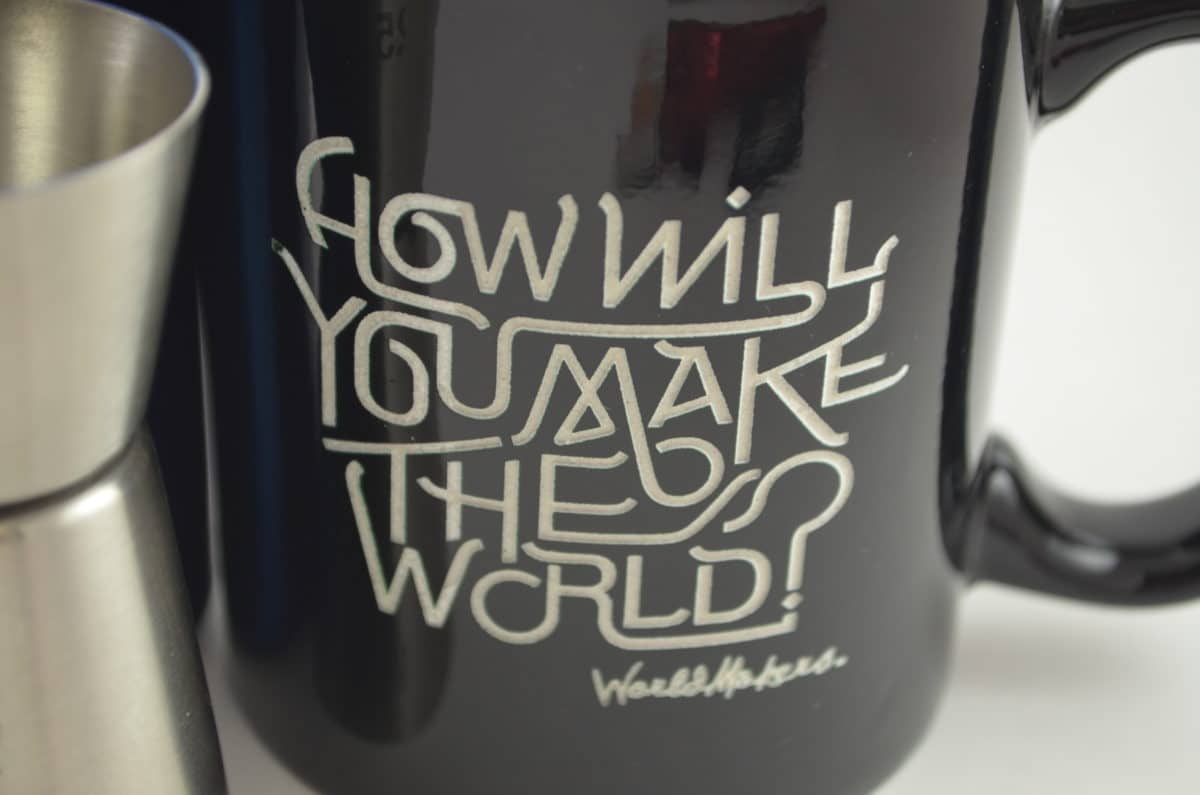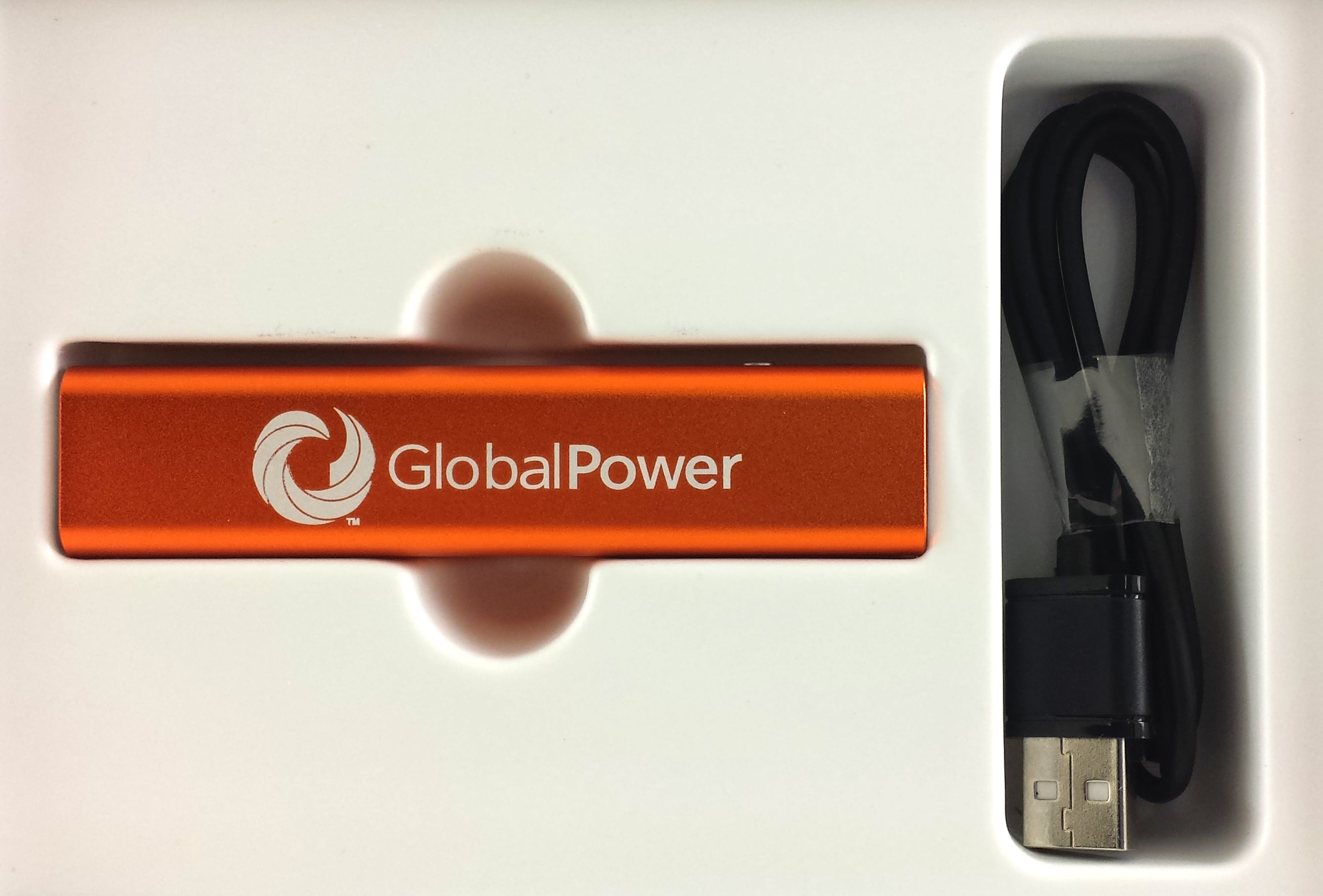LASER MARKING
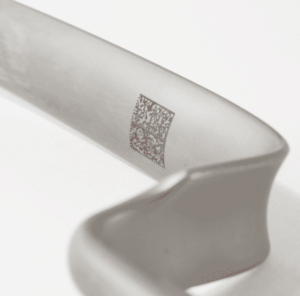
Molded plastic parts have become ubiquitous components of industrial equipment, medical devices, aerospace & aviation components, vehicle & marine parts and common household appliances. To create permanent marks that convey essential information as well as aesthetic qualities, many manufacturers use laser marking. This technique is often a more effective way to attach information to products, as other labels may deteriorate or peel off over time.
Laser marking operates via fast, noncontact techniques to produce clear codes and images that resist temperature extremes, abrasion, and time. Manufacturers also use laser marking to create images on curved surfaces and hard-to-reach areas. In many cases, laser marking uses fewer materials and costs much less than other labeling methods.
We perform laser-based labeling via three methods:
- Laser marking
- Laser etching
- Laser engraving
Read on for in-depth explanations of each technique.
| Specifications | |
|---|---|
| Laser Types | CO2, YAG, Fiber, U/V |
| Materials | Polycarbonate (PC), Polyamide (PA), Polypropylene (PP), Liquid Crystal polymer (LCP), PVC, PBT , ABS, HDPE, Delrin, PET, Polyethylene (PE), Silicone, Nickel plating, Copper, Steel, Aluminum, Stainless Steel, Paper, Epoxy, Glass, Glass epoxy, Cation painting, Nonwoven fabric (PP/PE/PET) |
| Drawing Types | .dxf .ai .dwg .hpgl .jpg .bmp .tif & Gerber |
| Secondary Operations | Laser Cutting, Laser Engraving, Deep Engraving, CNC Machining, Precision Surface and Blanchard Grinding |
| Industry Focus | Medical, Aerospace, Military, Electronics, Automotive, Promotional, Industrial, Marine |
| Application Types | Identification (All Industry Types)
UID, UDI, Bar Codes, Lot Codes, 2D Data Matrix Automotive/Marine Cation-painted parts, Multicolor automotive relays, ECU PCBs, In-vehicle plastic parts, Switch covers, Terminals, Fuse holders, Windows Electronics Mobile device & accessories, Terminal block, Wafers , Crystal oscillators, Transparent cases, LED lights, Lead frames, IC packages Medical/Pharmaceutical Magnifying glasses, Masks, Electric toothbrushes, Medical tubing, Medicine bottles, Steel instruments, Protective eyeware Foods, Cosmetics Bottles, Caps, Tubes, Desiccant, Cases, Cartons, Packaging, Film |
Laser Marking
Laser marking uses low-powered lasers to discolor the layer of plastic located just below the product’s surface by oxidizing it with a laser beam. To create images, workers or automated processes slowly move the laser beam over the plastic surface to mark it. This oxidizes the plastic, turning it black or shades of gray in highly controllable patterns.
Laser marking is used on many types of plastics; see this page for a full list. Many industries use laser marking to perform a wide range of operations. Examples include:
- Automotive and marine manufacturers use laser marking on in-vehicle plastic parts, switch covers, and ECU PCBs
- Electronics manufacturers use this technique to label IC packages, mobile devices, and accessories
- Medical and pharmaceutical manufacturers use laser marking to mark electric toothbrushes, medicine bottles, medical tubing, and protective eyewear
- Food and cosmetics manufacturers use this technique to label bottles, caps, tubes, cartons, and many other plastic materials
Our UV Marking Capabilities
Damage Free Cold Marking – we use UV laser marking machines to provide the highest-quality laser marking available. UV lasers facilitate photolytic degradation, which directly severs bonds between molecules. This means that marking occurs without applying heat to the surface being marked, minimizing the risk of burns, soot, or internal damage. Due to the cleanliness of the UV laser marking, the markings are also resistant to corrosion.
- High Contrast – High absorbtion rates, capable of generating greater contrast for more appealing aesthetics and improved readability on 2D codes.
- 3D Marking Uniform marking quality is possible not only on three-dimensional shapes but also at the centers and edges of flat surfaces.
![]()
Laser Etching
Laser etching uses a high-powered laser to melt the plastic’s surface in precise ways. The molten material rises as it expands with heat, and it forms a slight bump as it cools. The reflectivity of the resulting bump differentiates it from its surroundings, thus creating marks on the plastic surface.
Since marks made with this technique physically contrast with their surroundings, this technique is used to create etchings that will not wear away over time. As a result, it’s used for many products that experience high degrees of wear, such as credit cards and objects that require information in braille.
![]()
Laser Engraving
Laser engraving uses high-powered lasers to instantly vaporize material from the plastic surface, thereby creating precise indents in the desired form. Indents created via this technique can reach depths of up to 0.020”, compared with etched characters that rise 0.0001” from the plastic’s surface. This method is also the fastest laser marking technique.
Laser engraving vaporizes a minuscule amount of material with each pulse. Several passes with the engraver are necessary to make deep marks. Just like with laser etchings, laser engravings can be sensed by touch as well as by sight.
Laser engraving is used to personalize or customize a variety of plastic objects with serial numbers and logos. However, other laser marking techniques are better suited to components used for safety-critical devices.
![]()
Learn More about Accubeam’s Laser Marking Capabilities
Accubeam offers a comprehensive selection of laser marking services for plastic manufacturers seeking to create long-lasting labels for their products. If you would like to learn more about our offerings or wish to request a free quote, contact us today.







